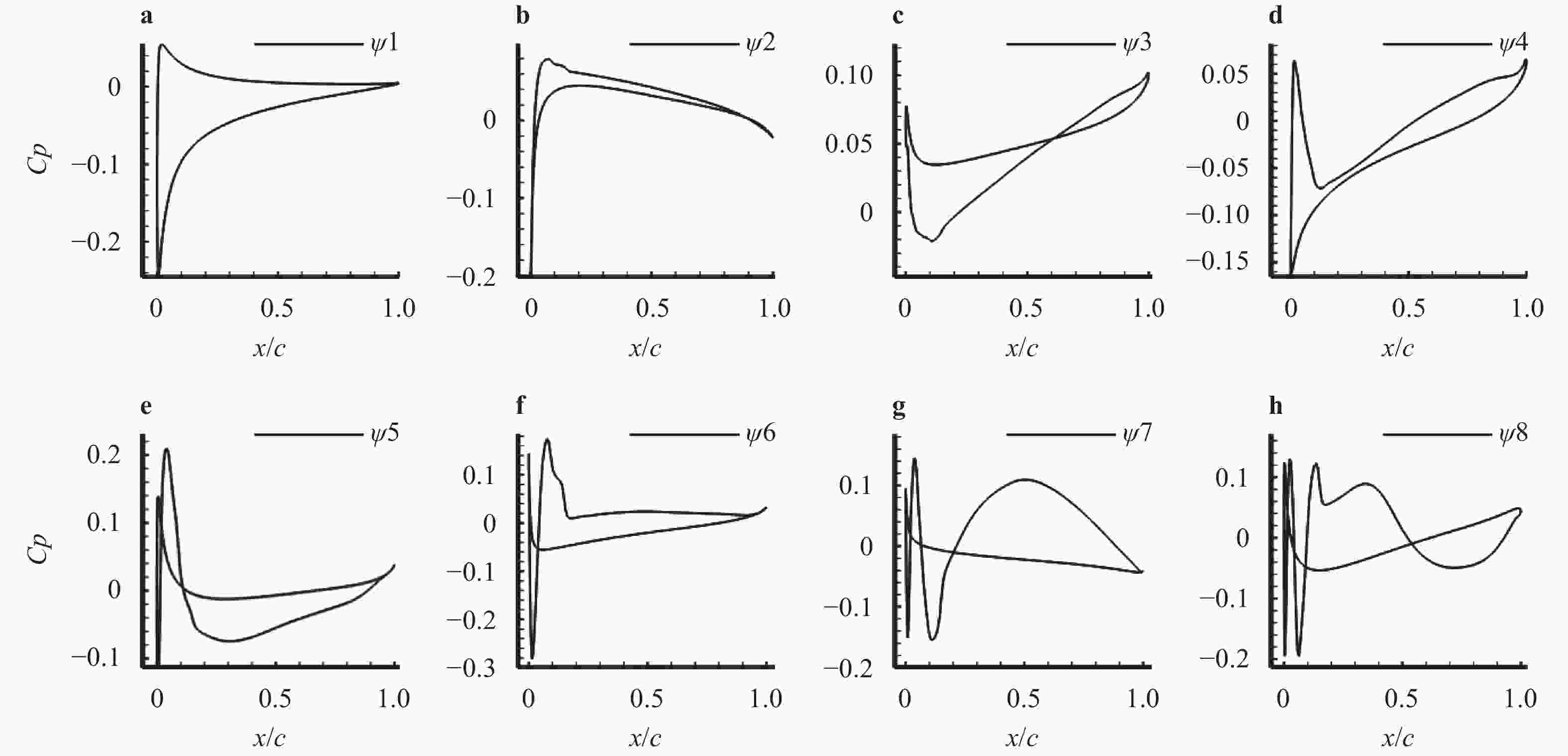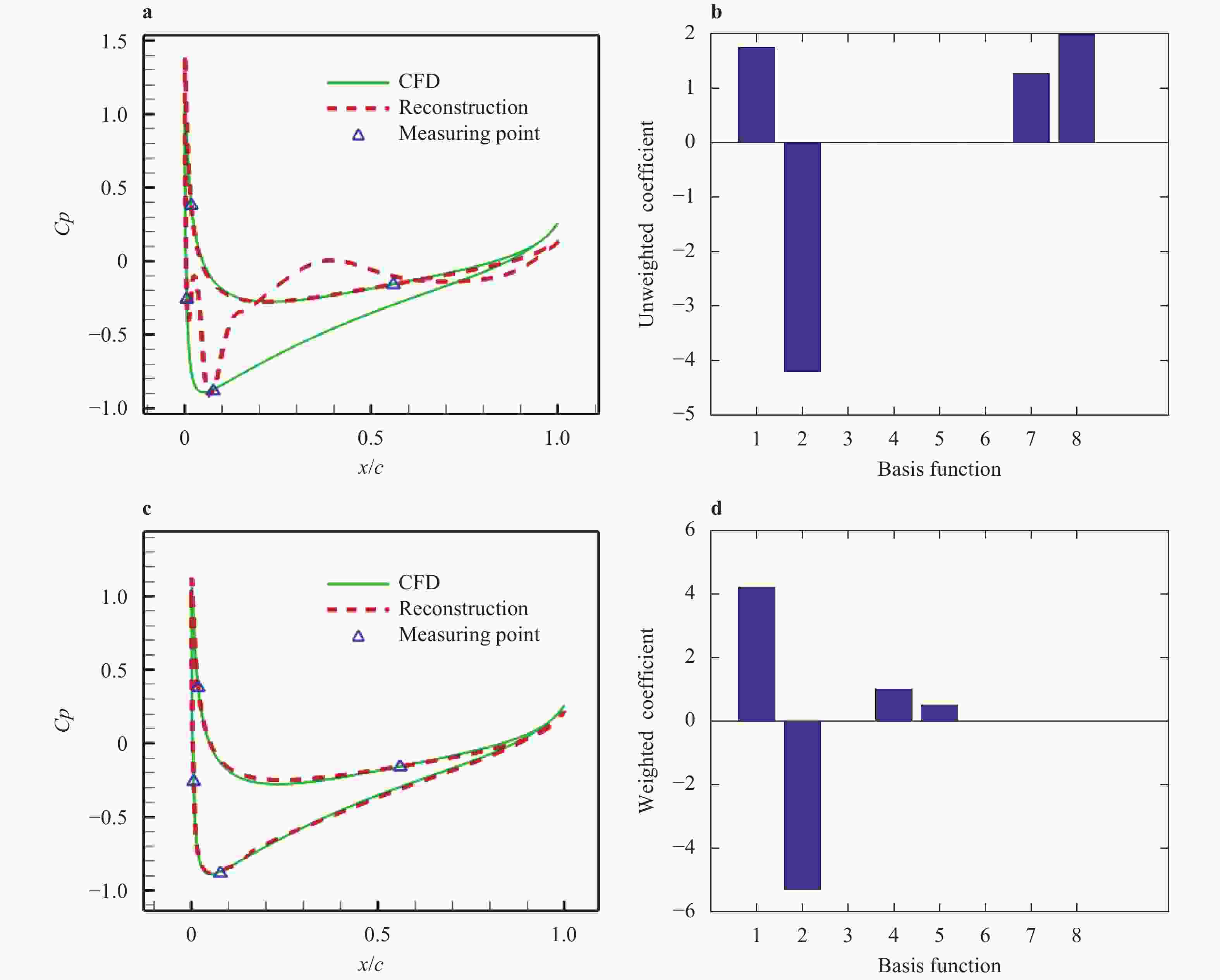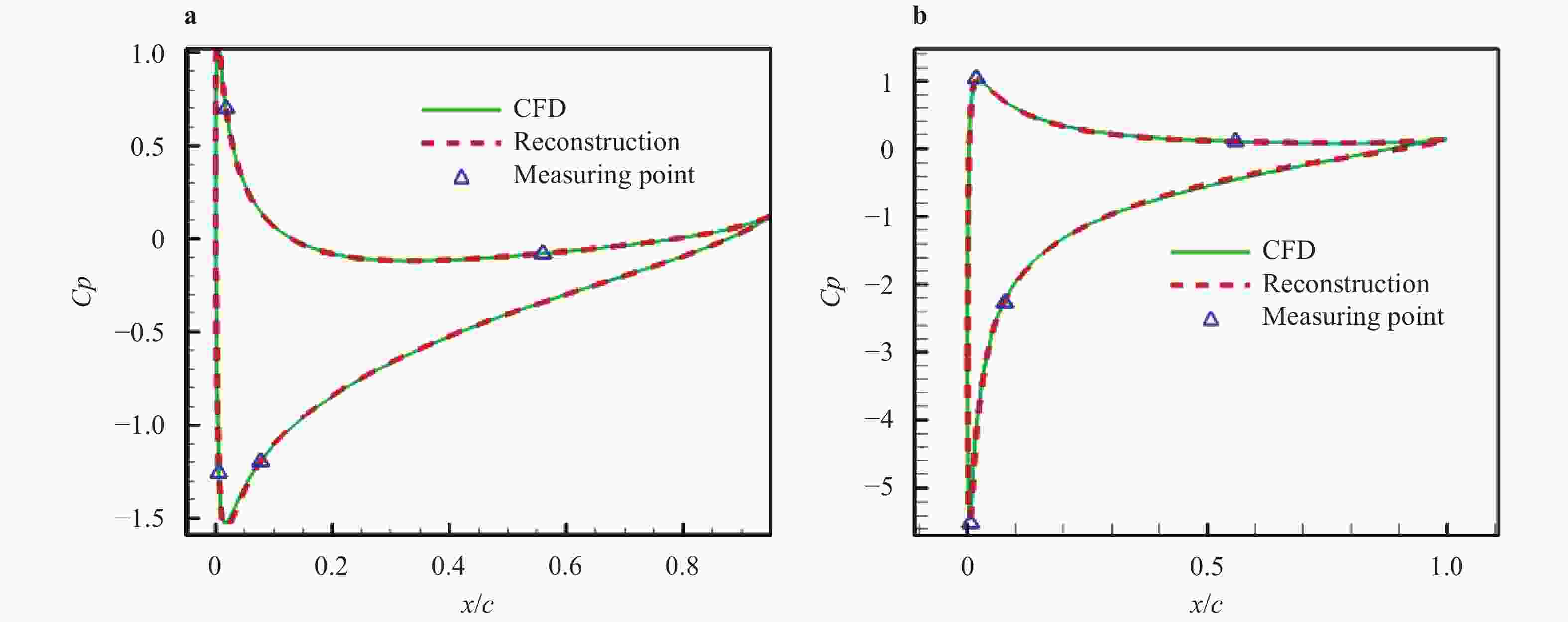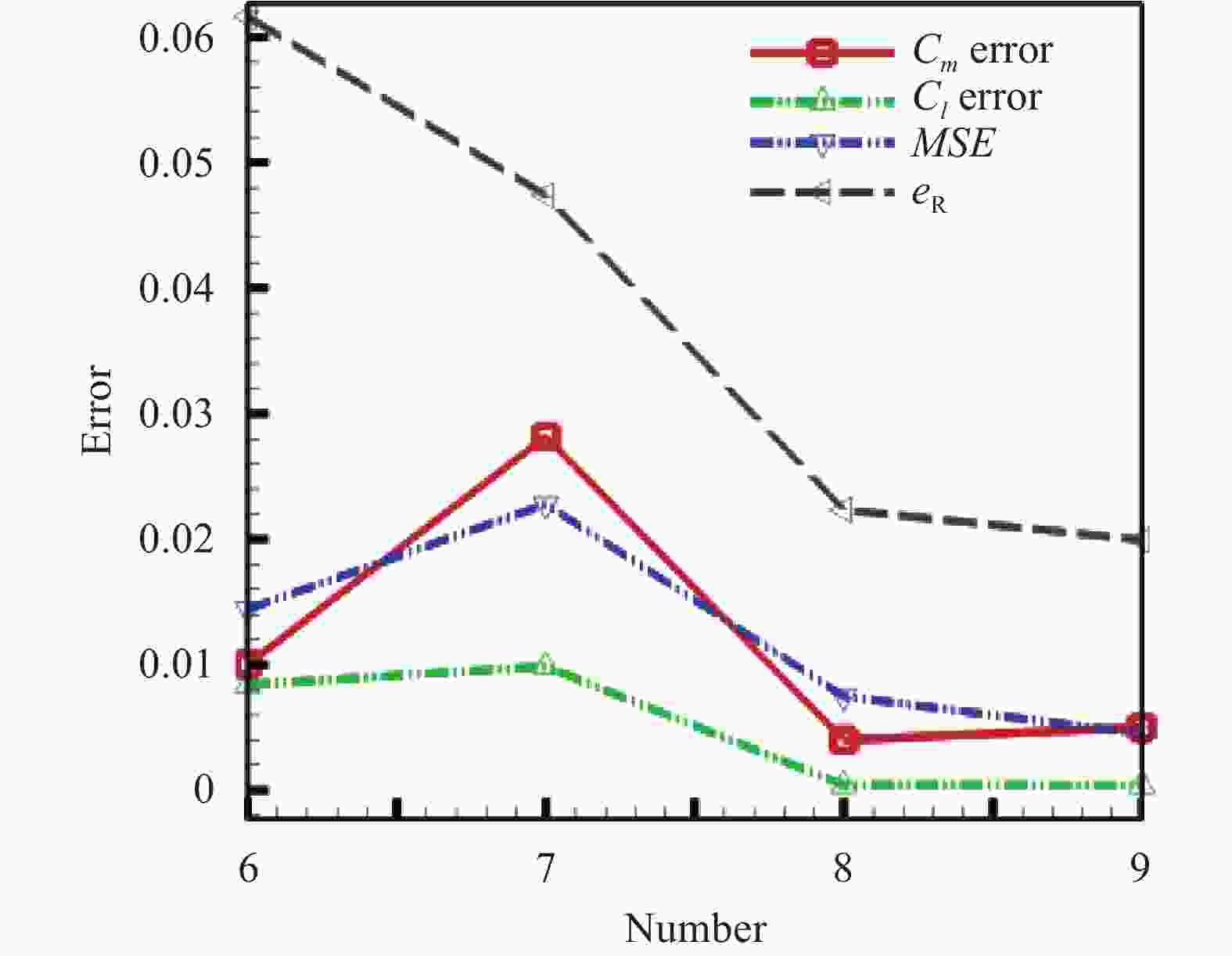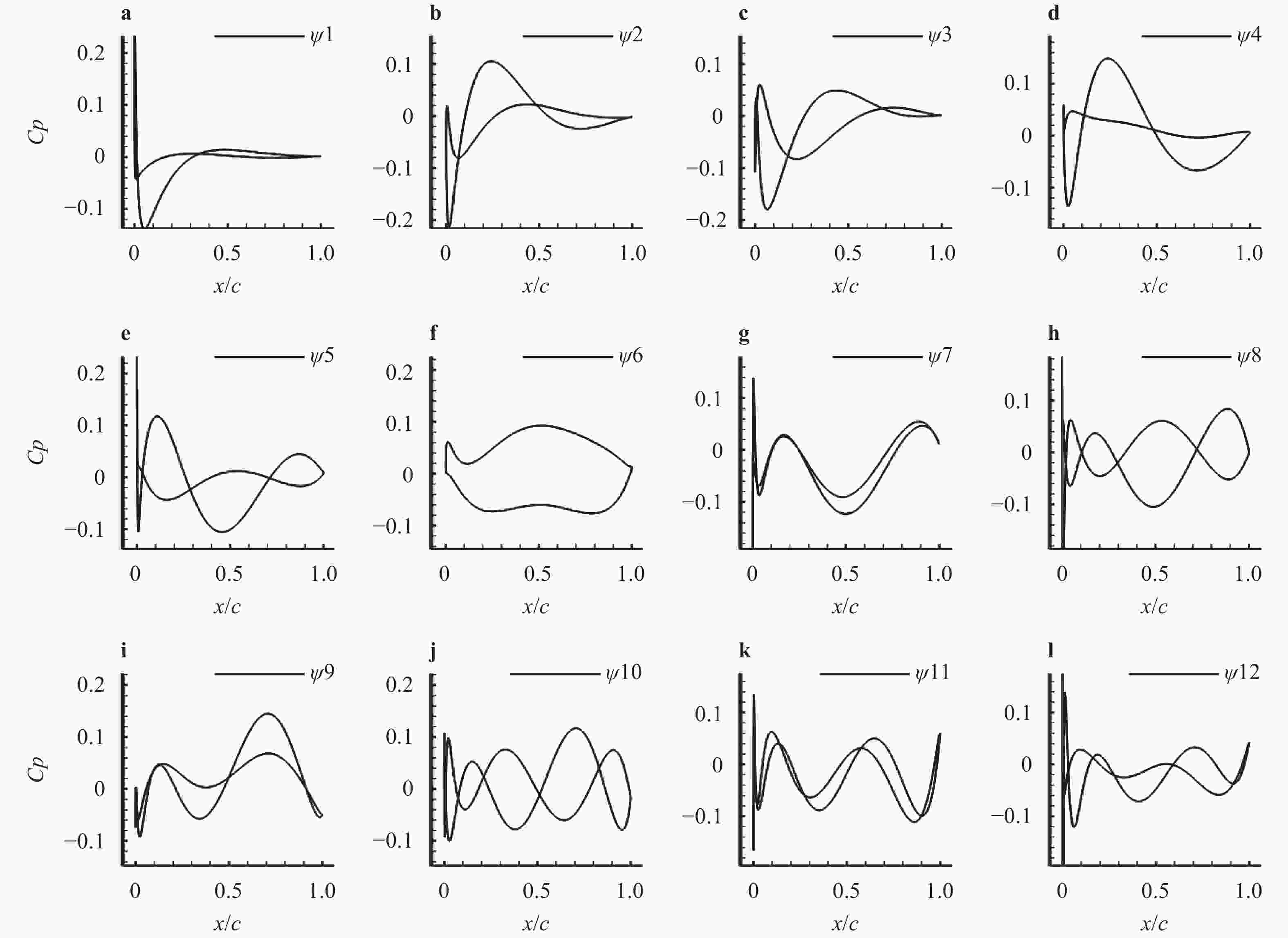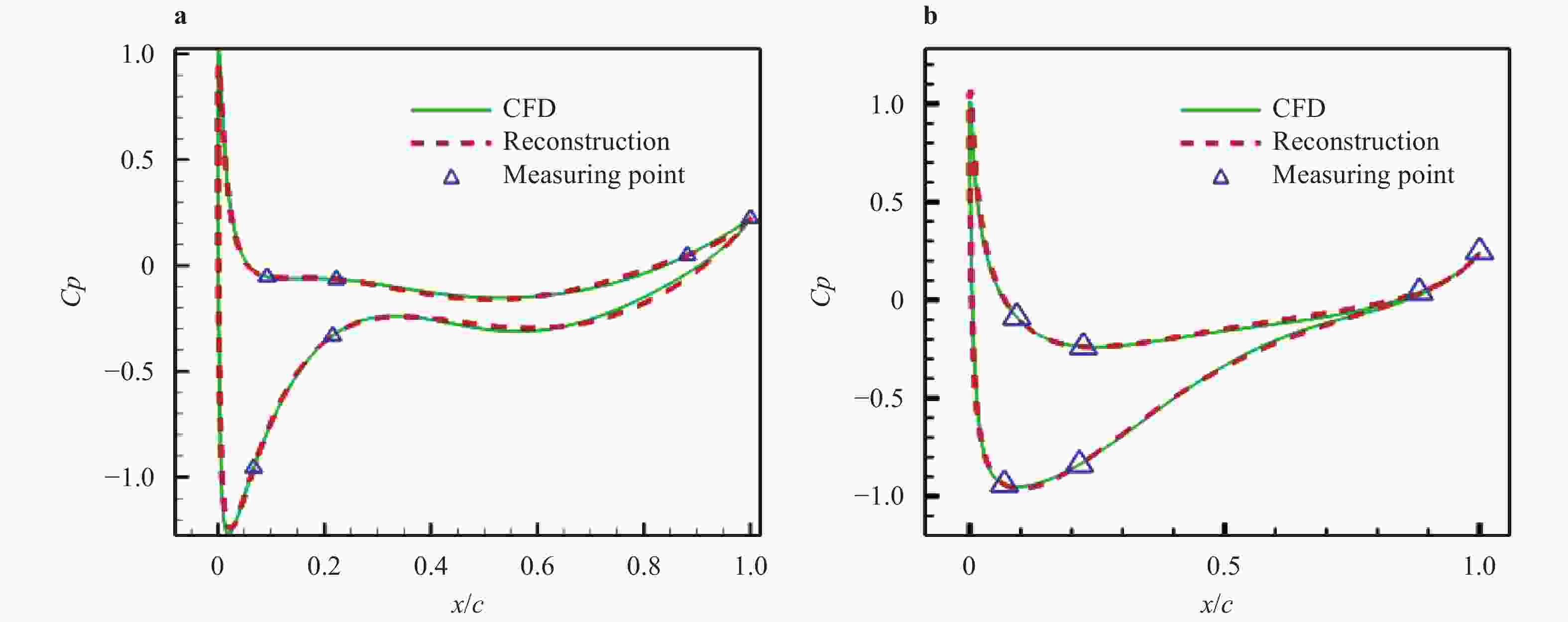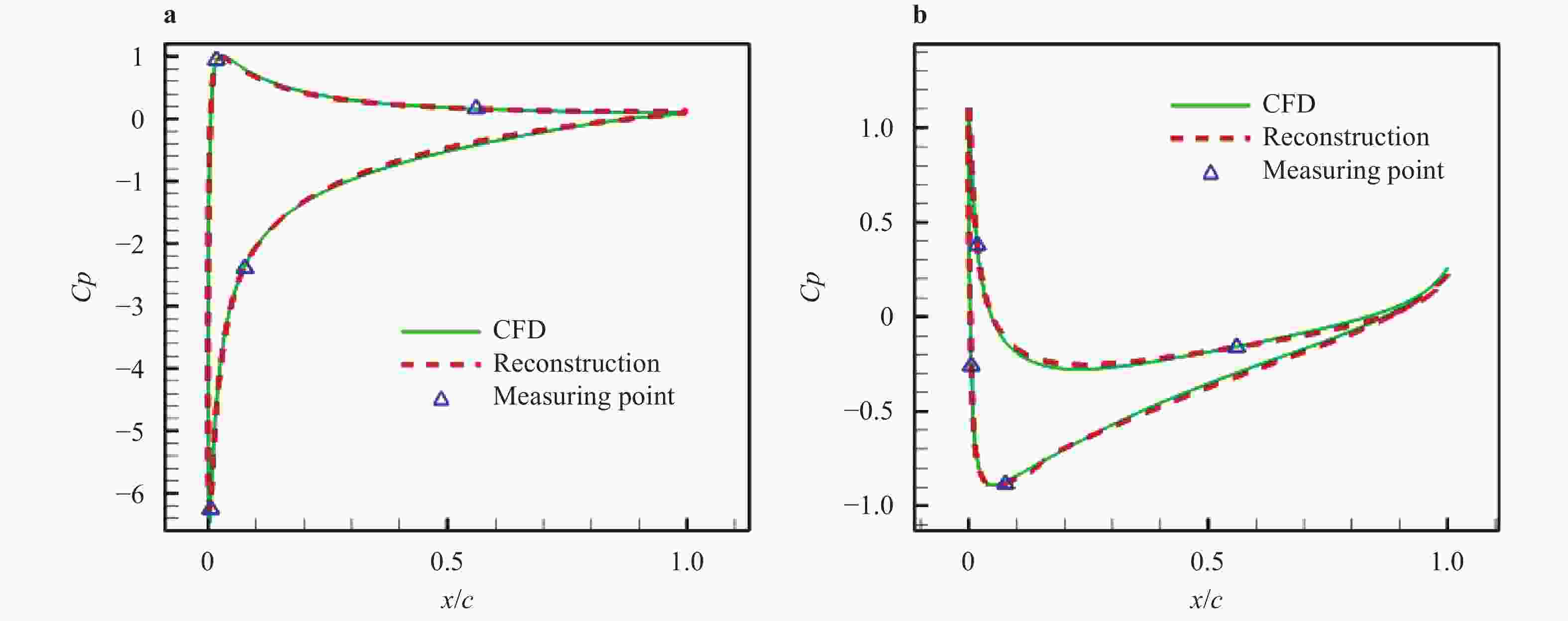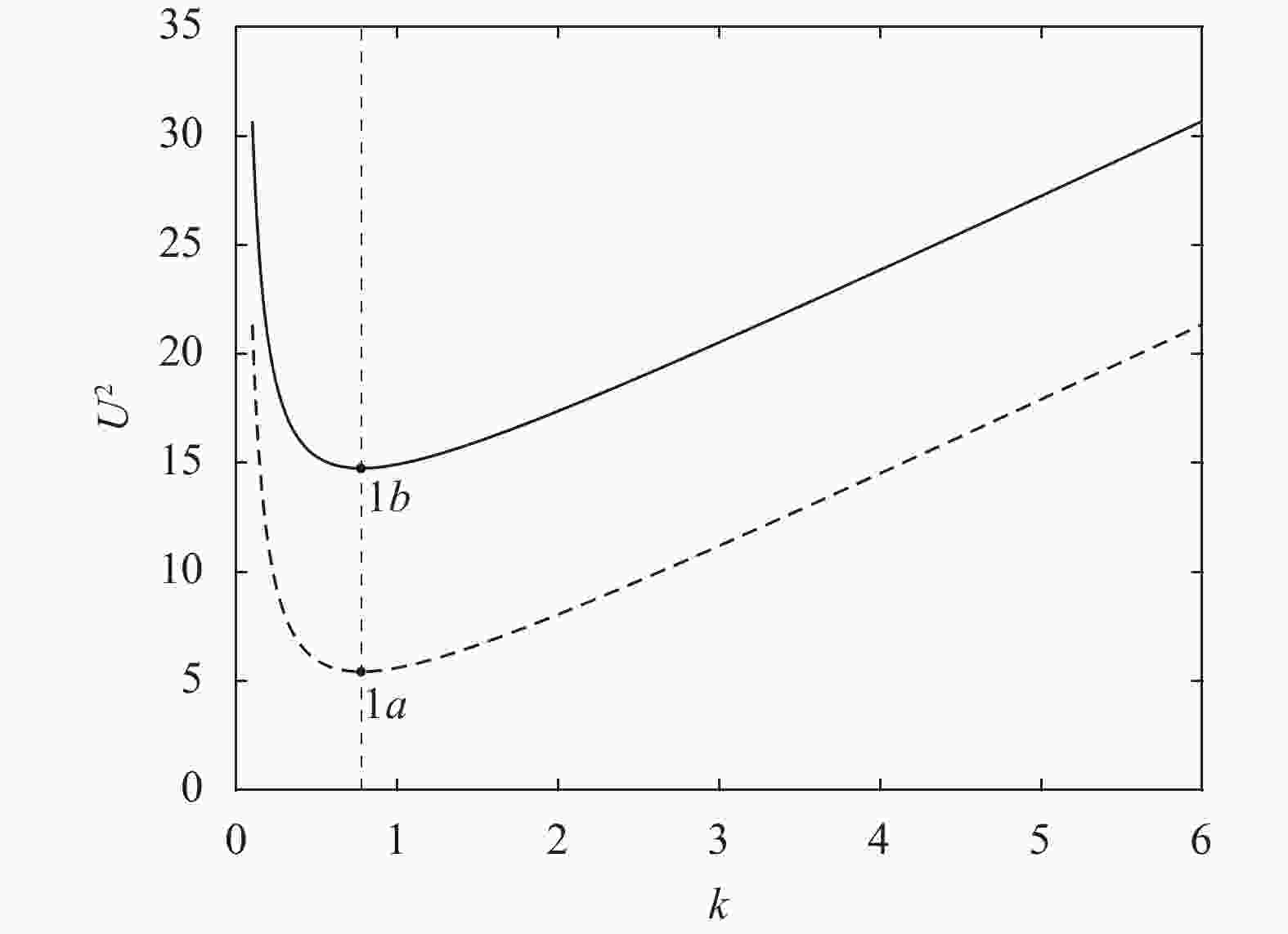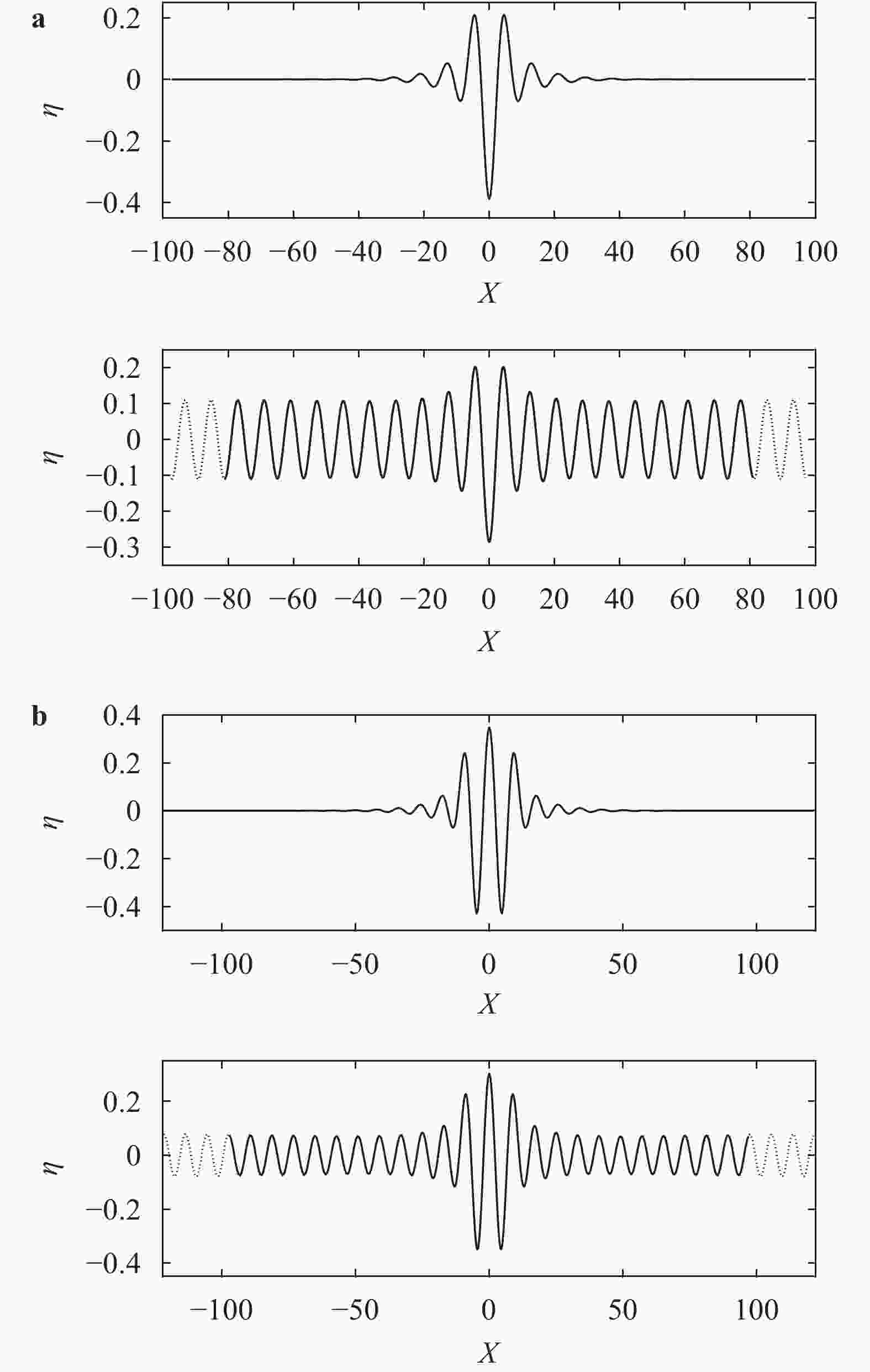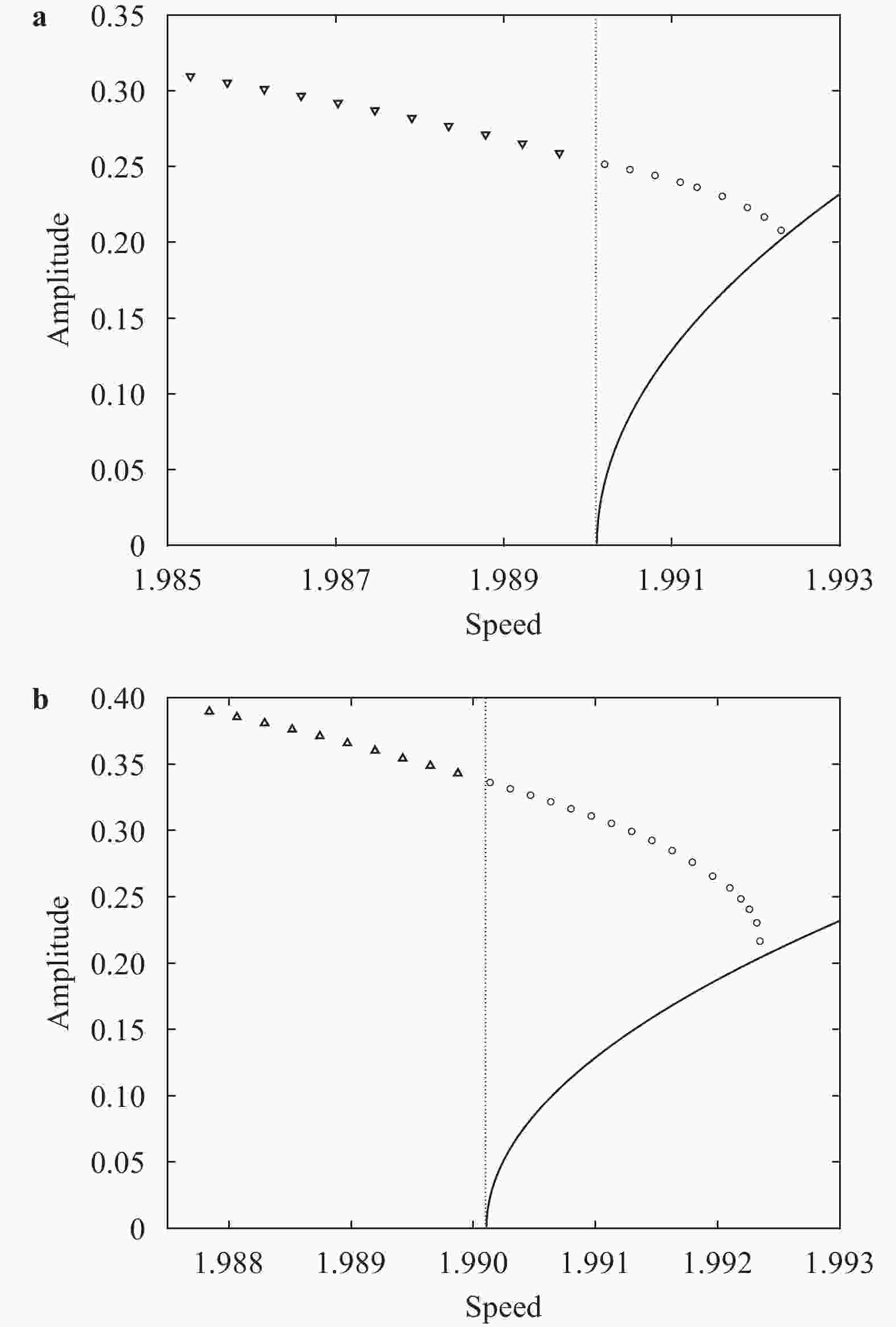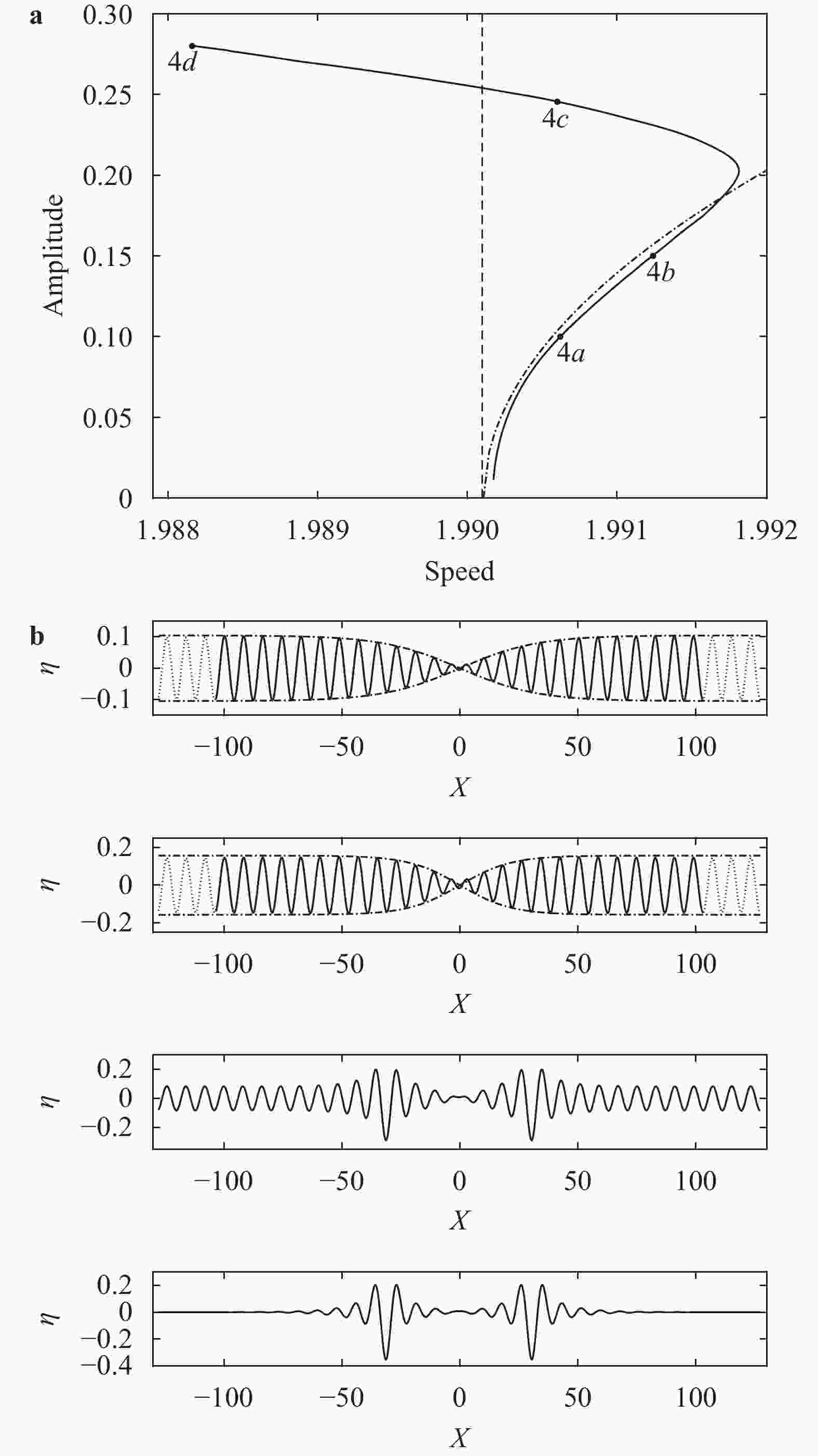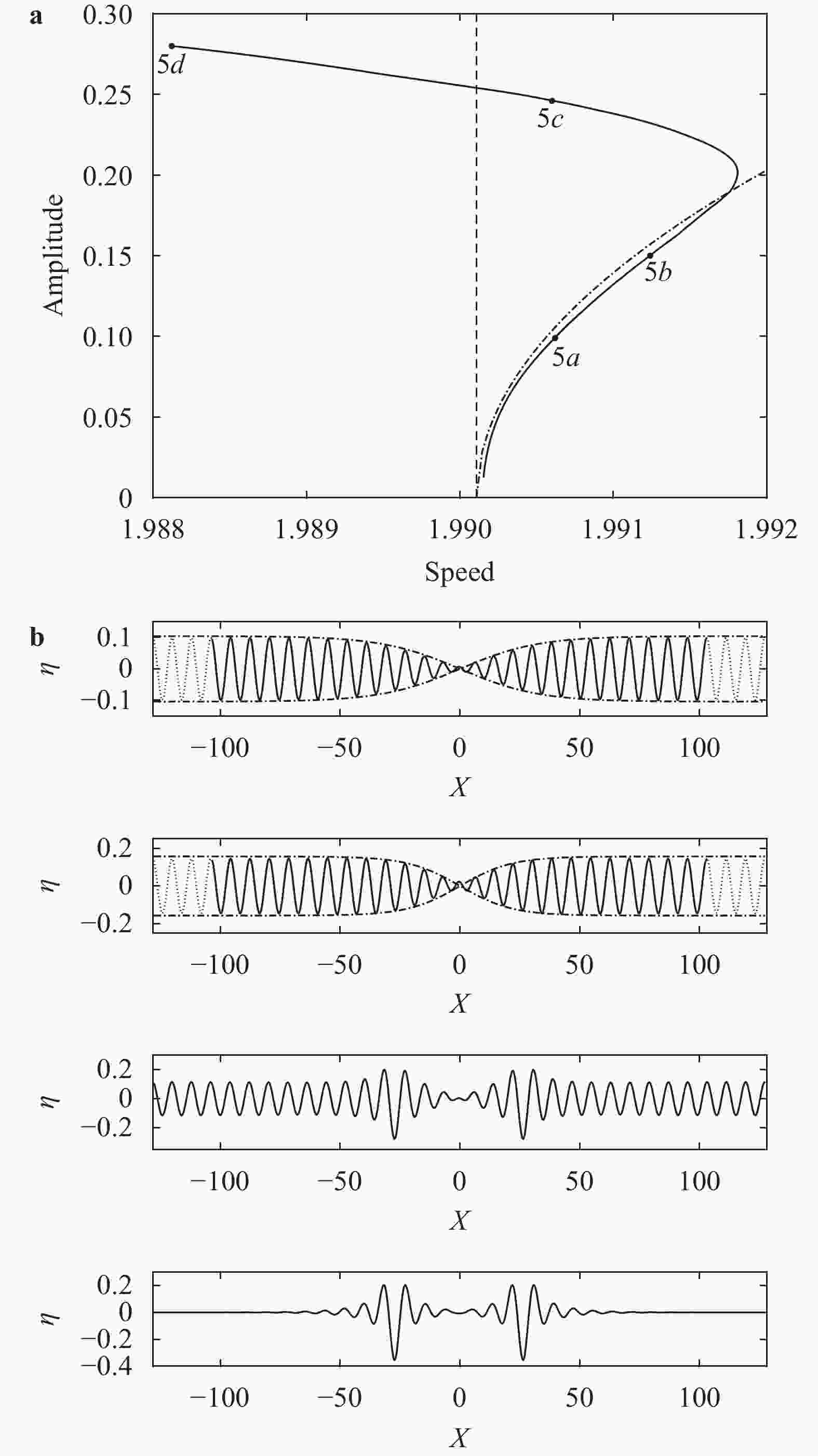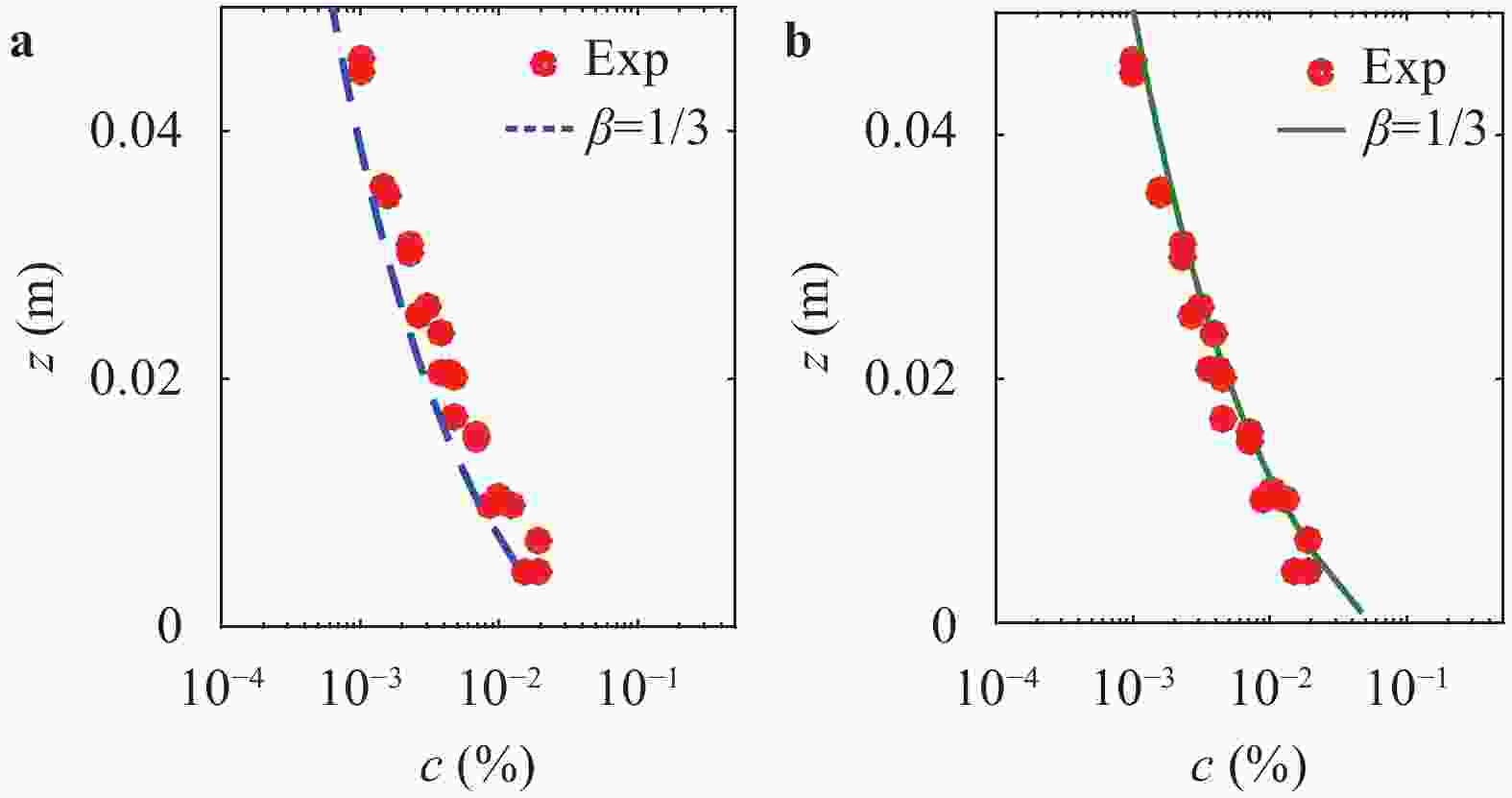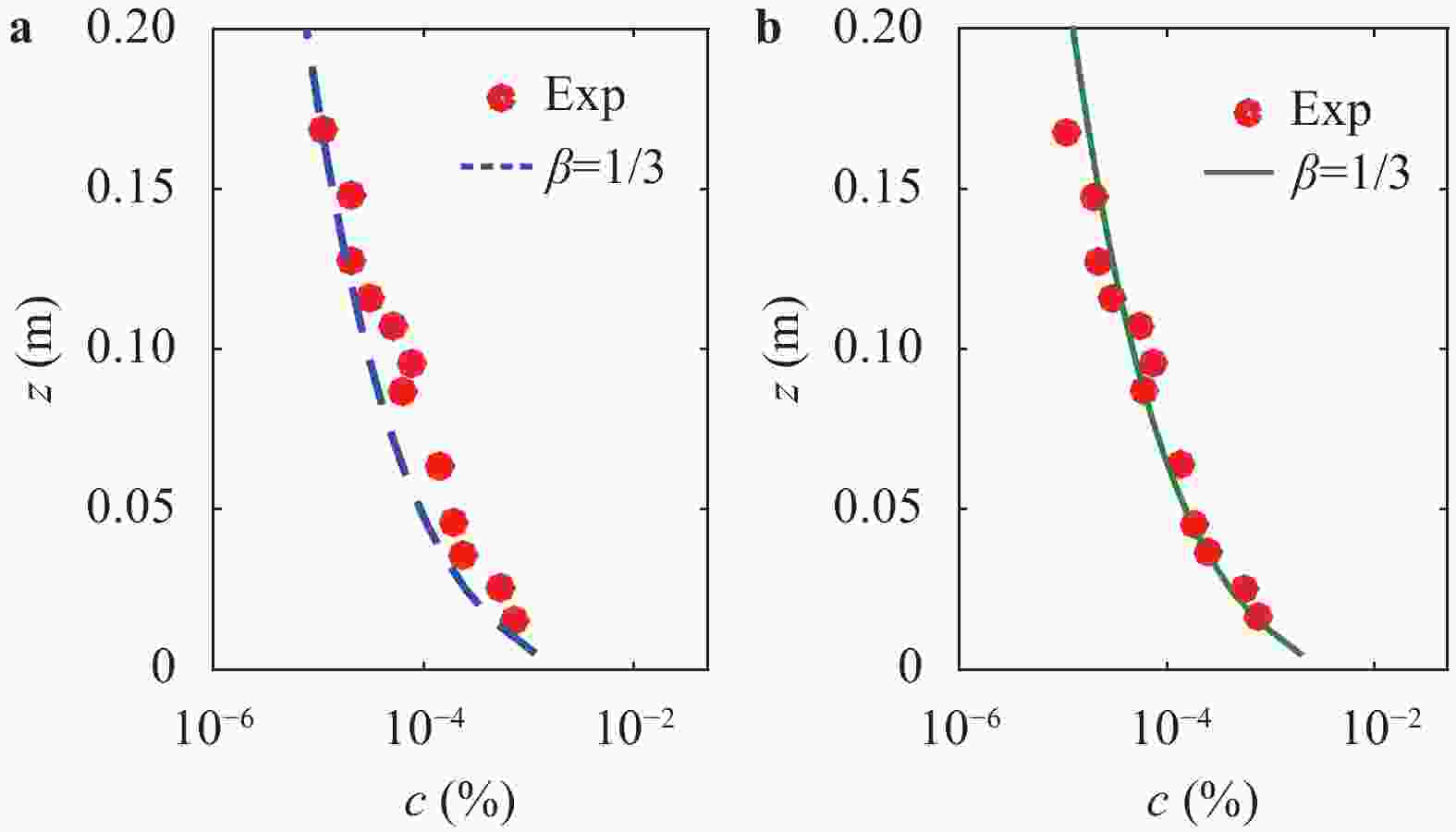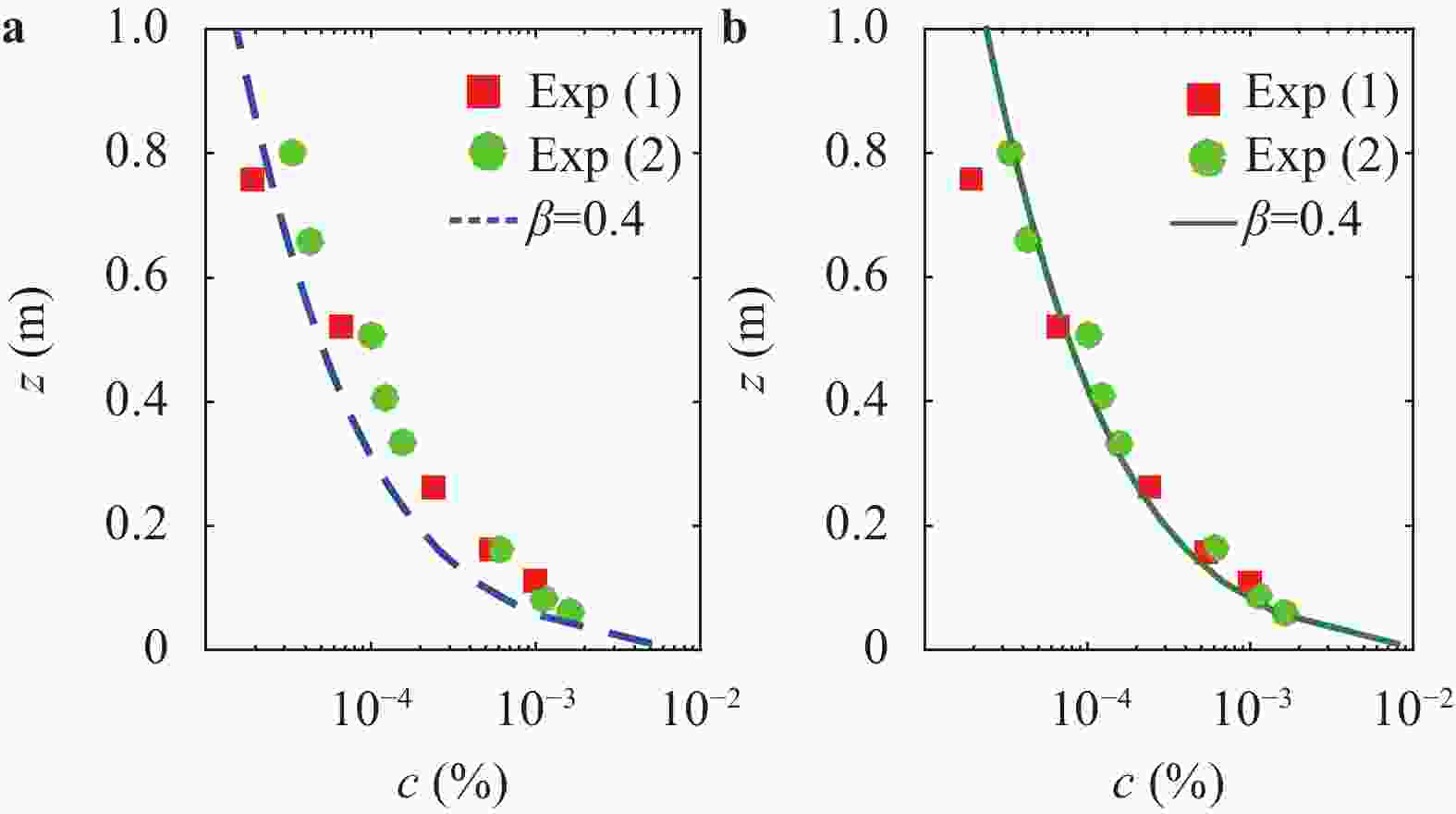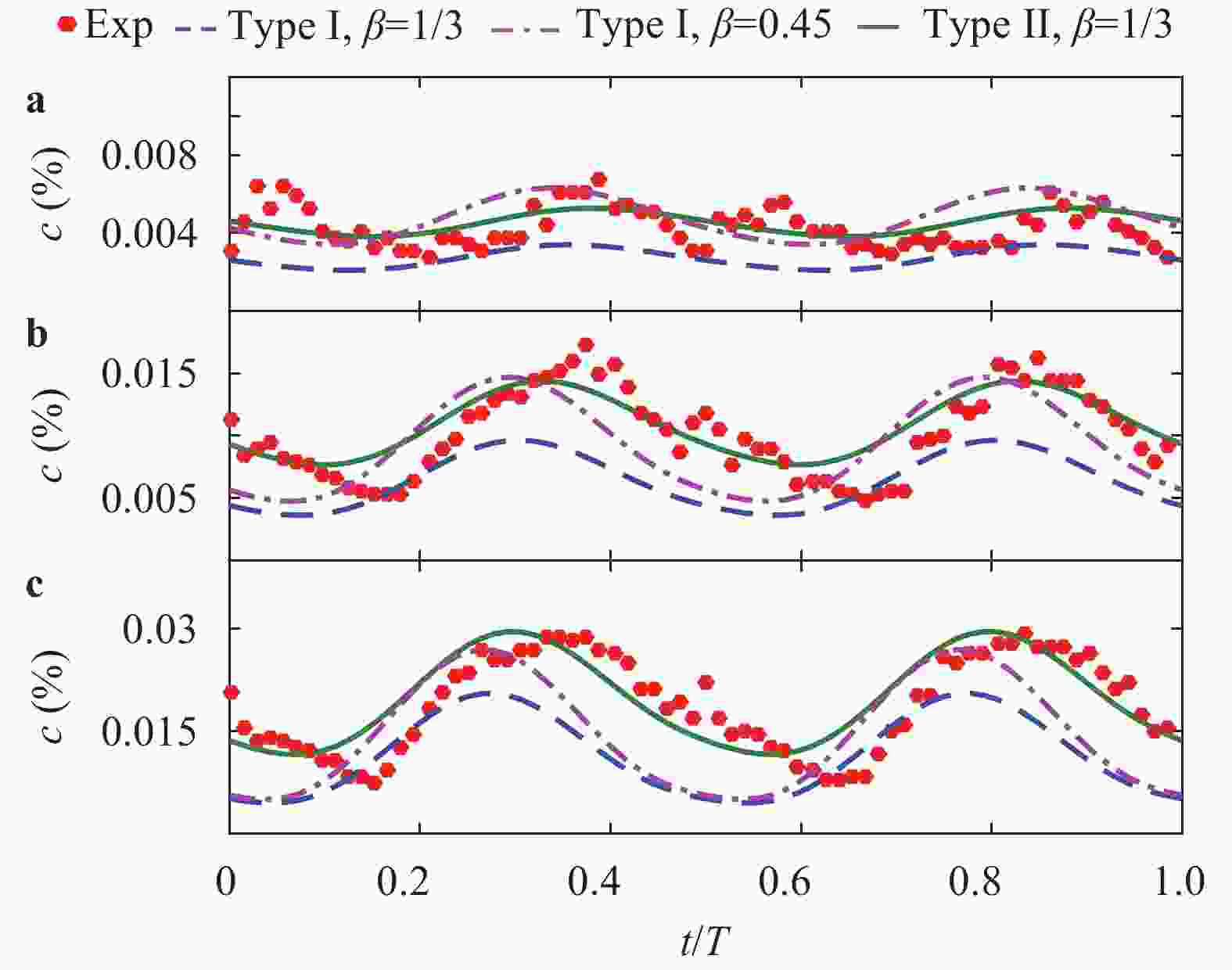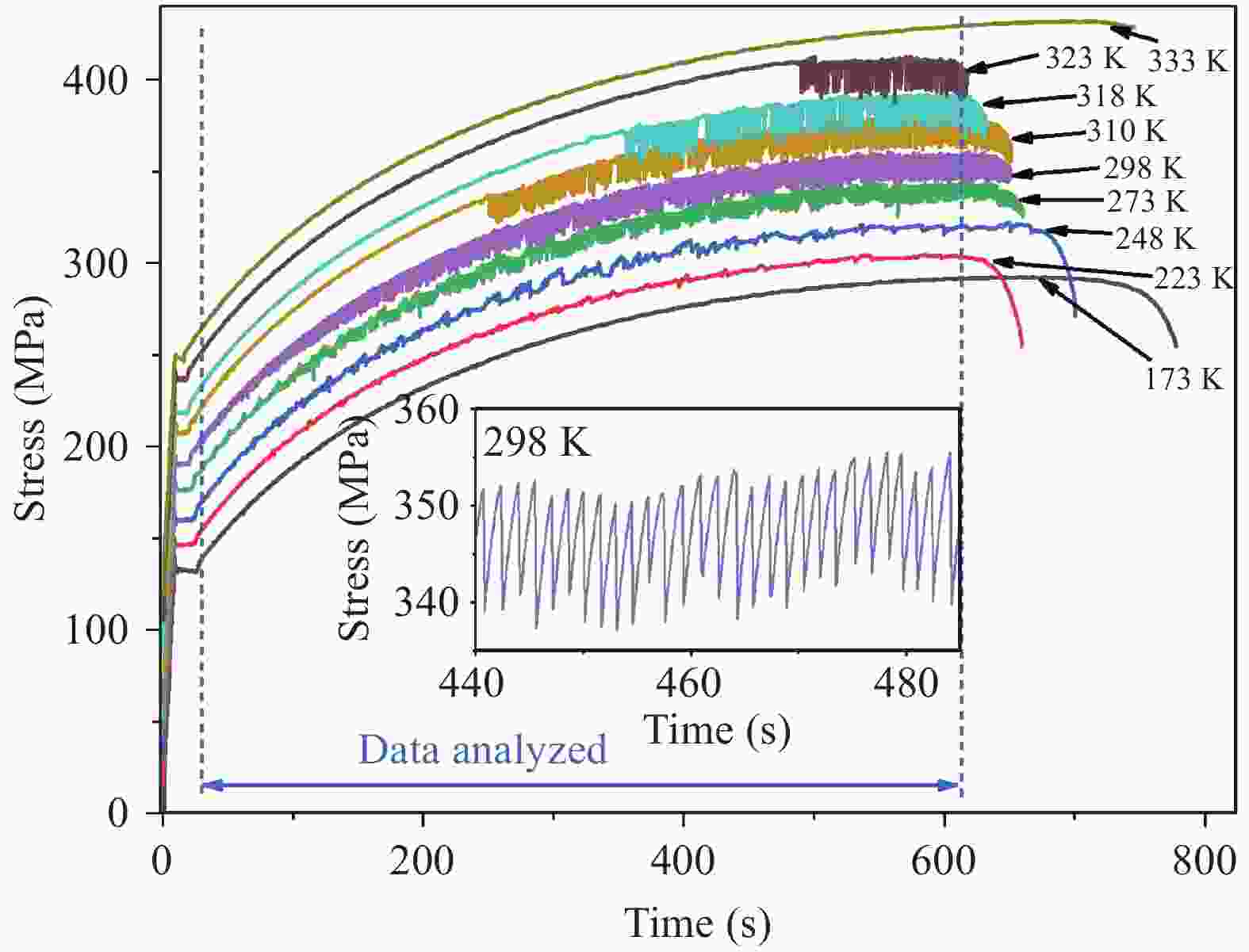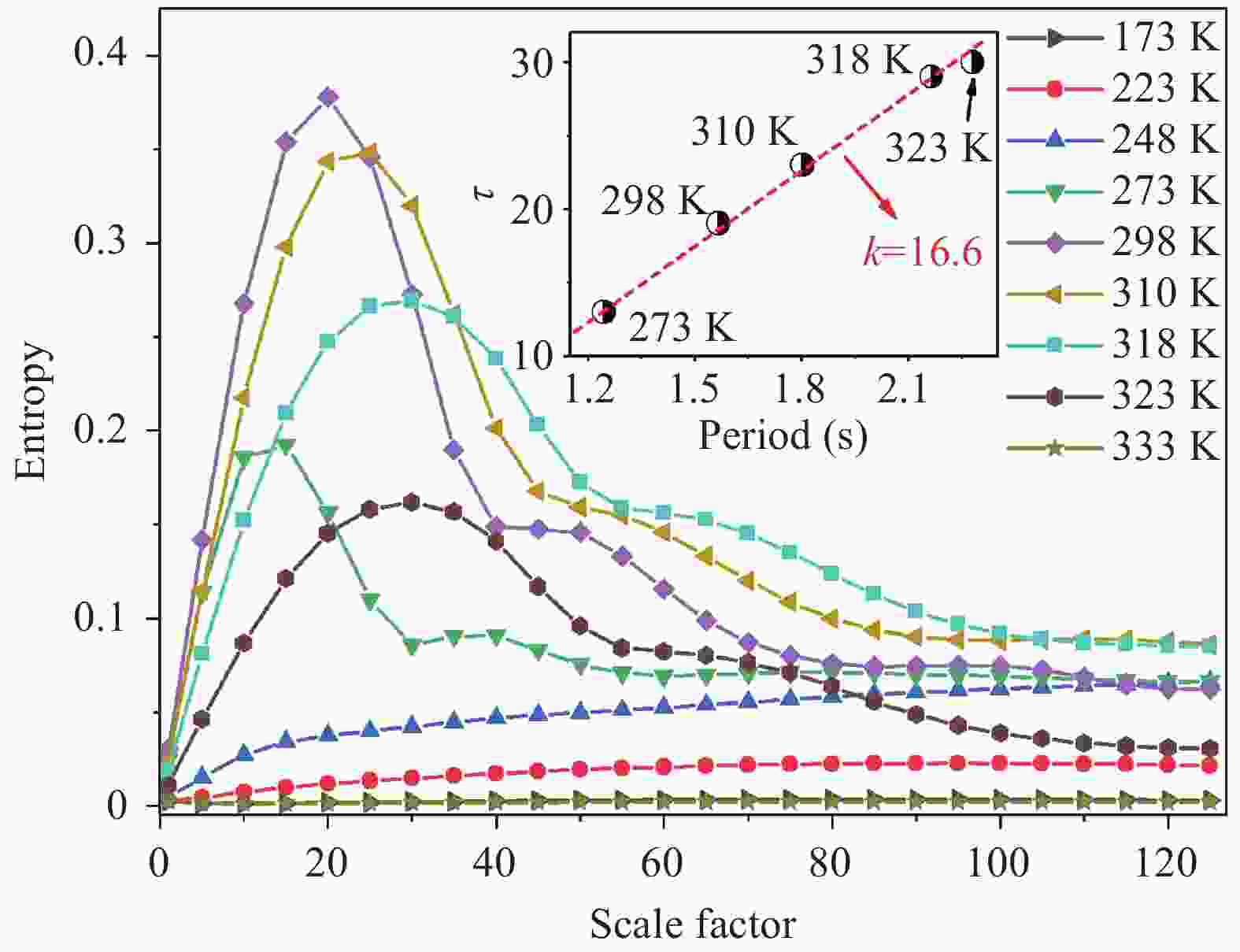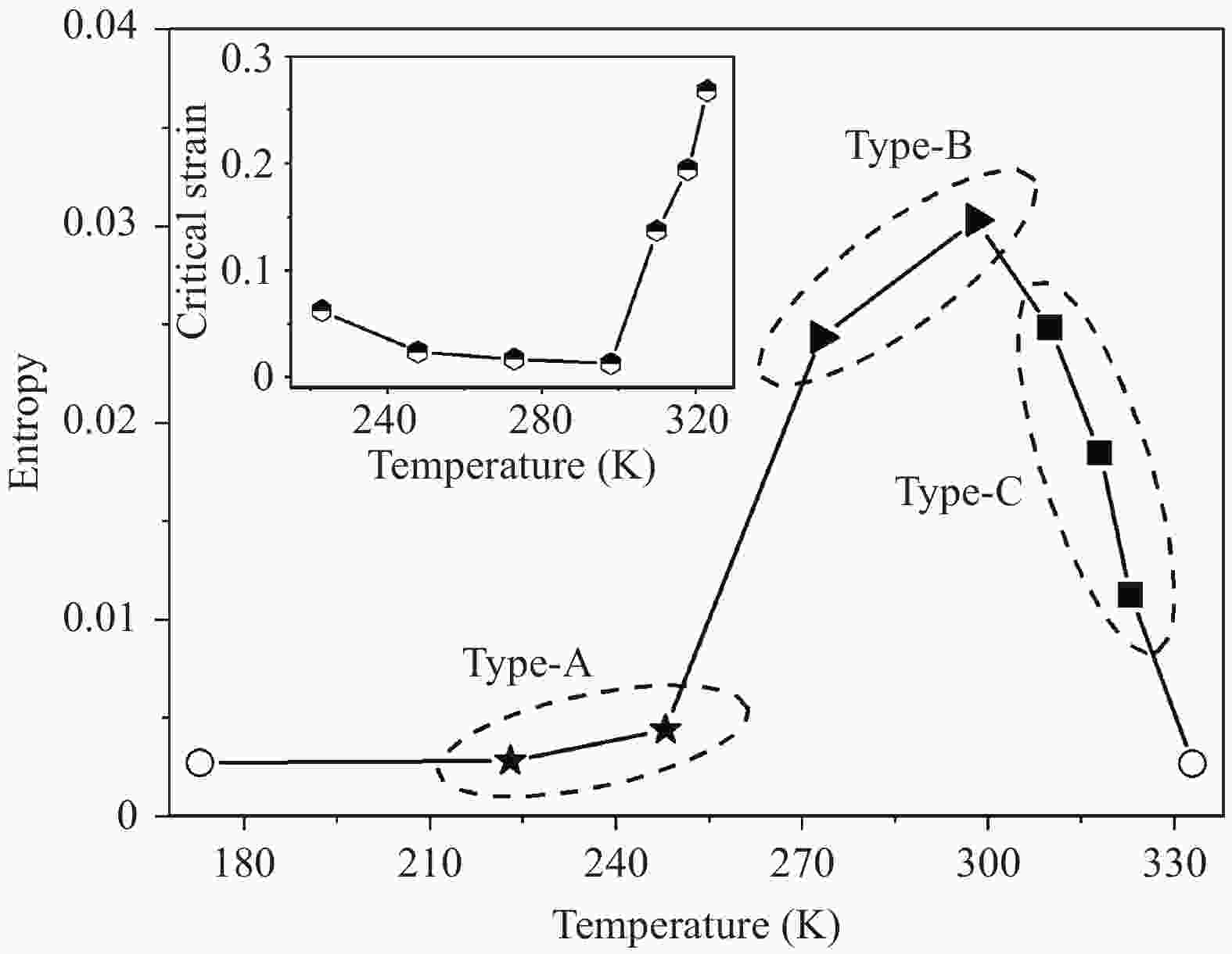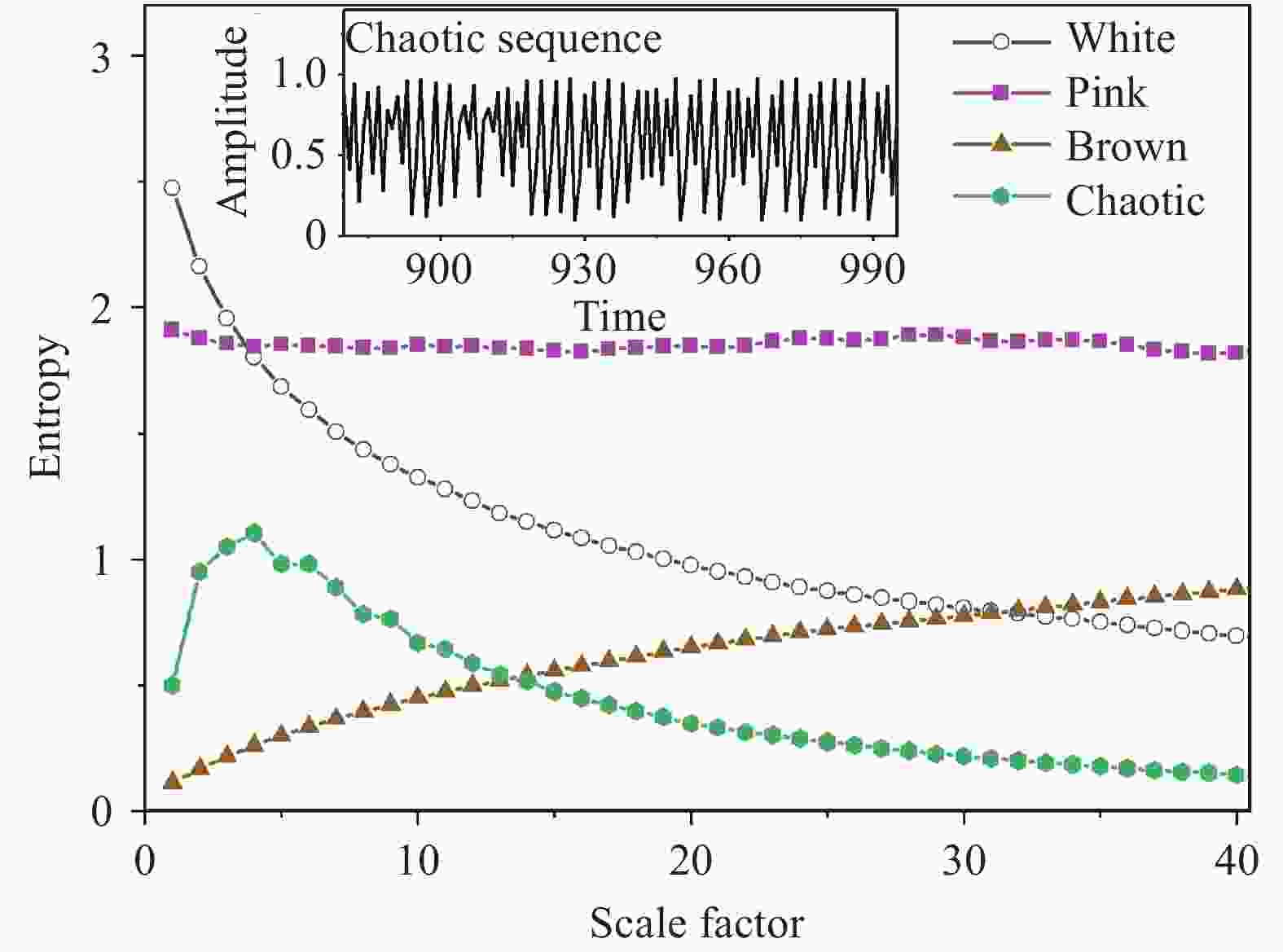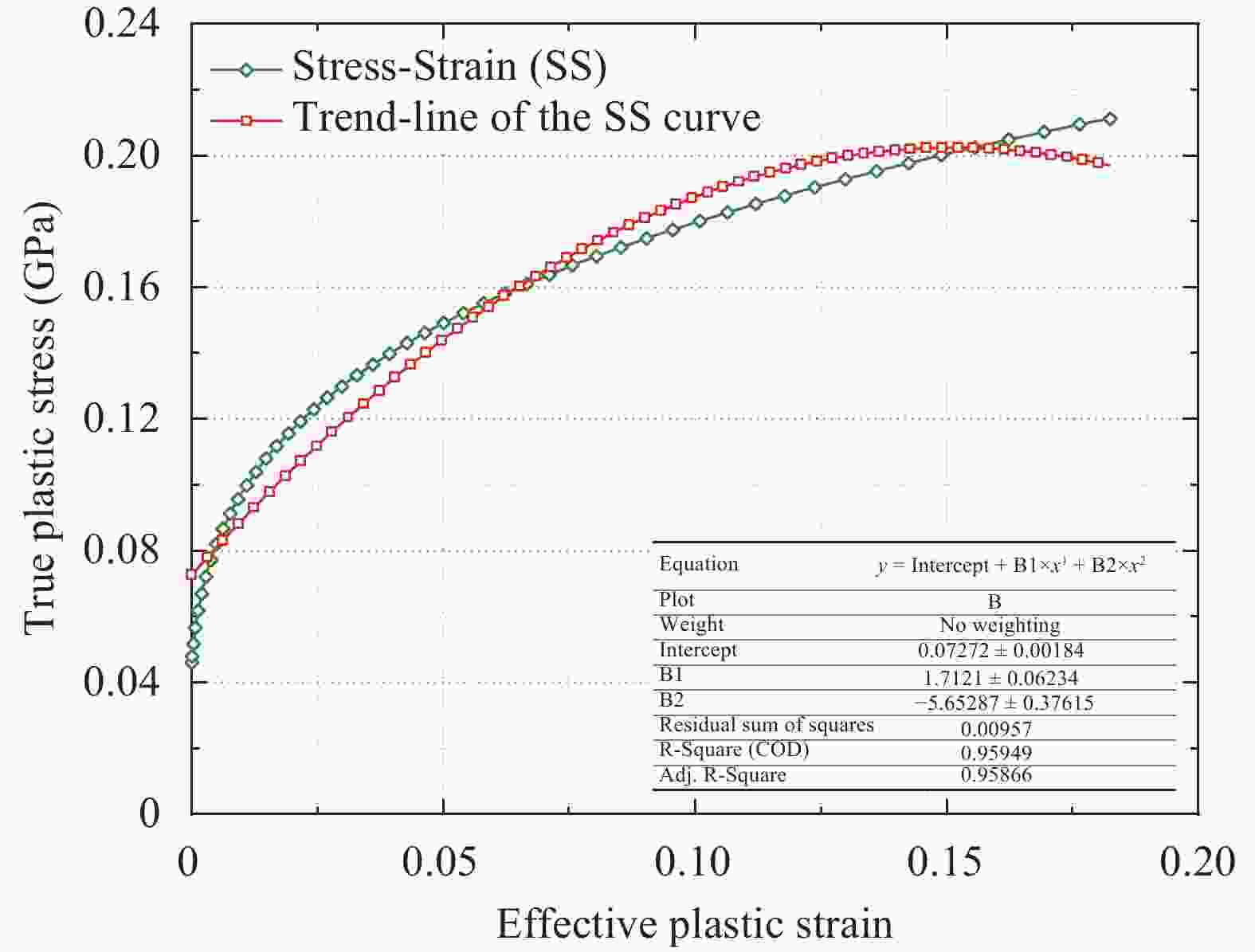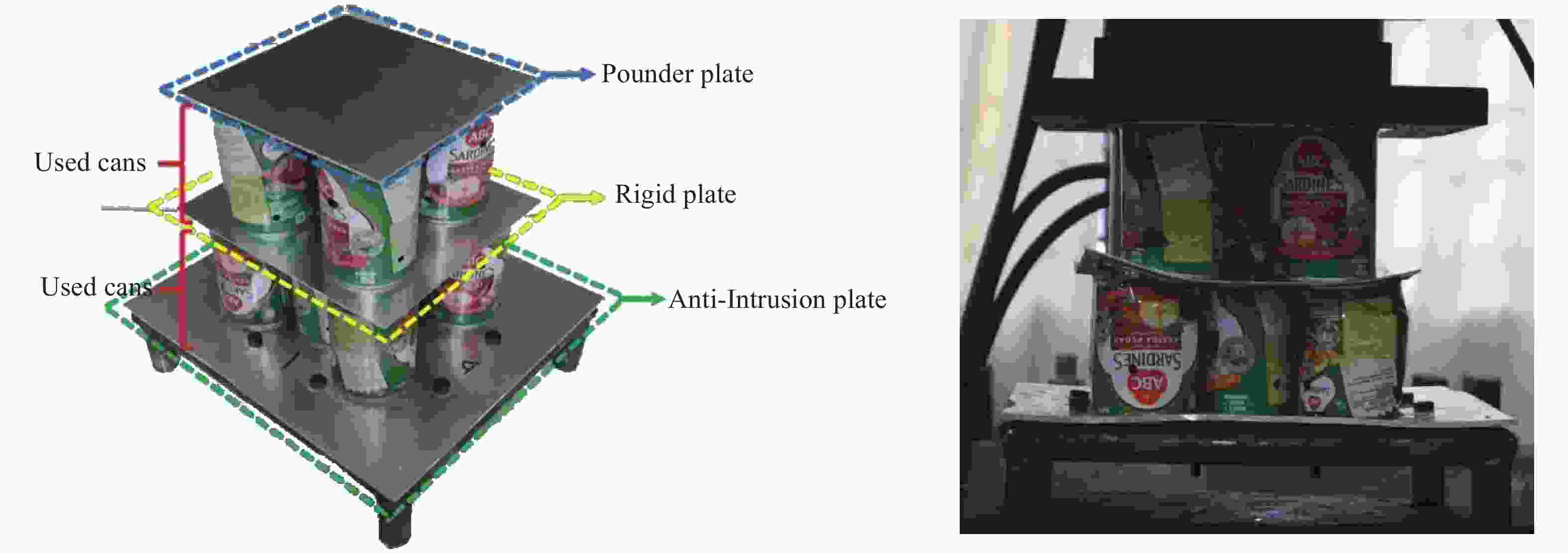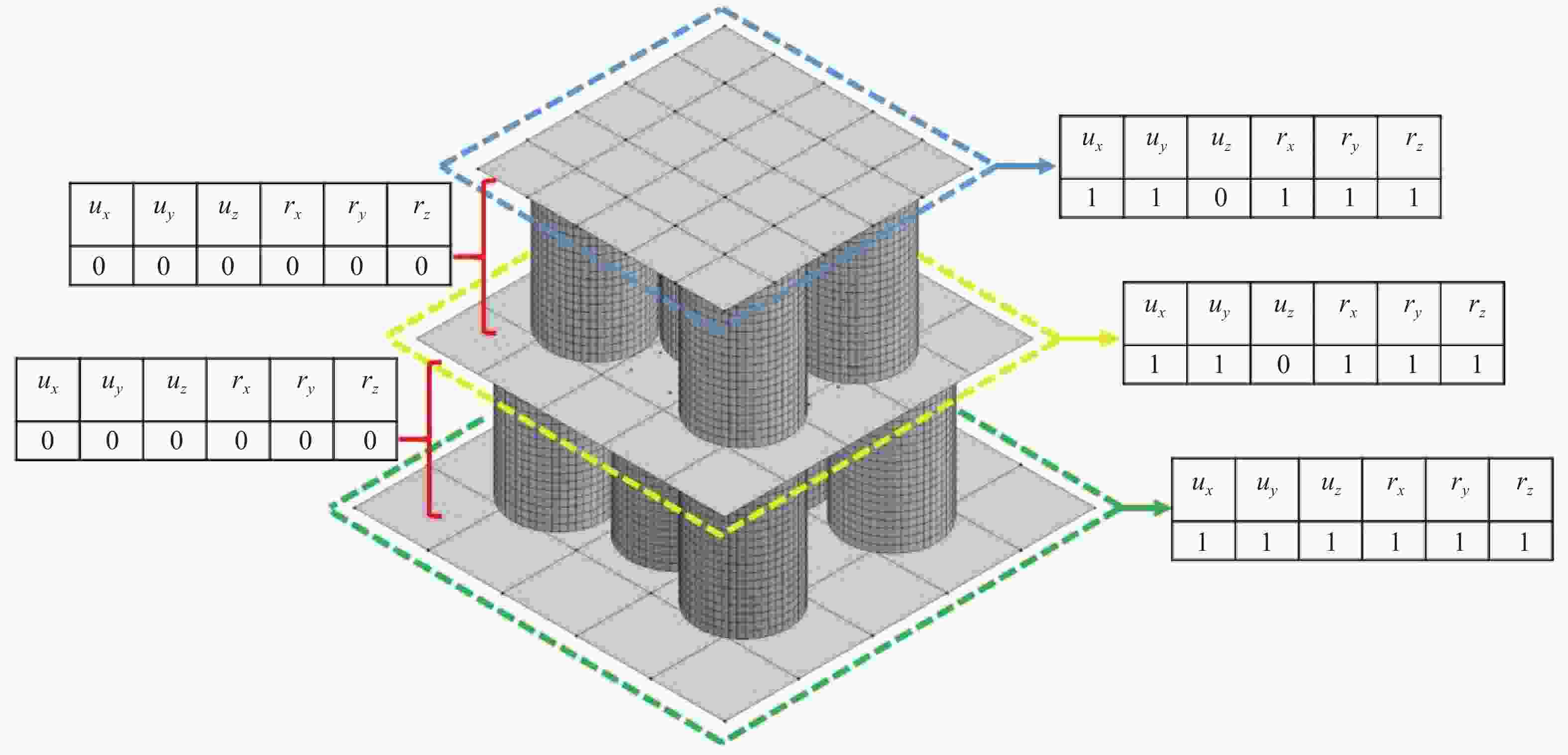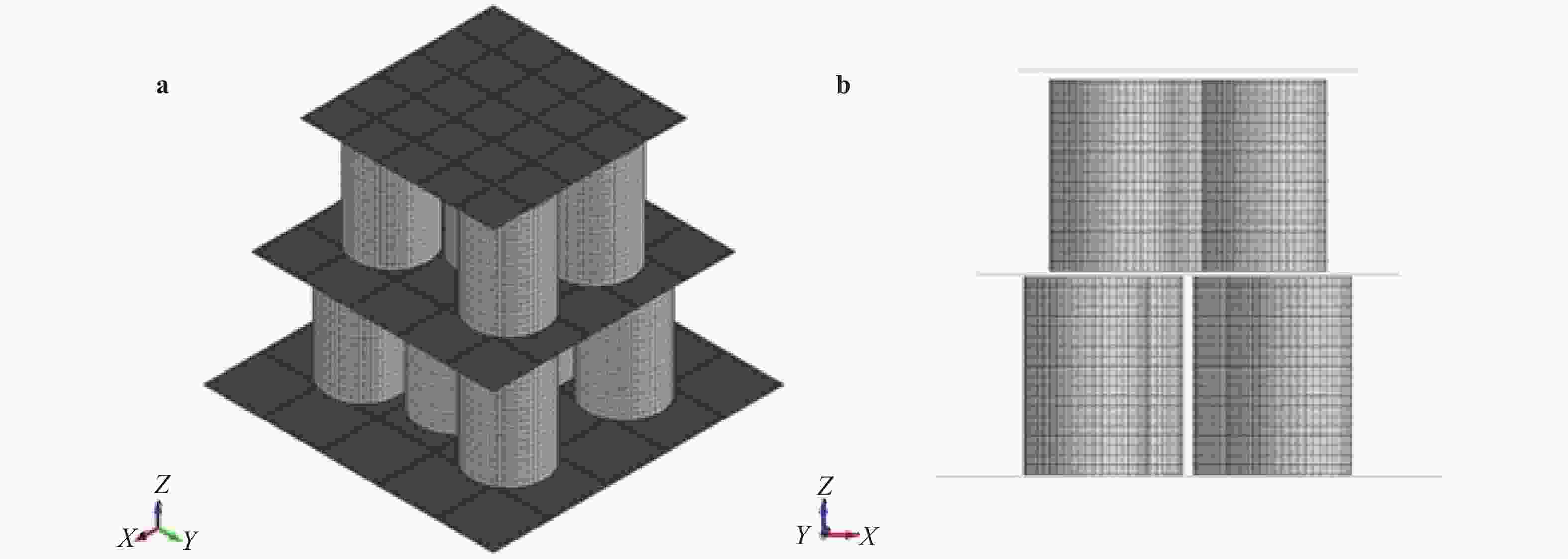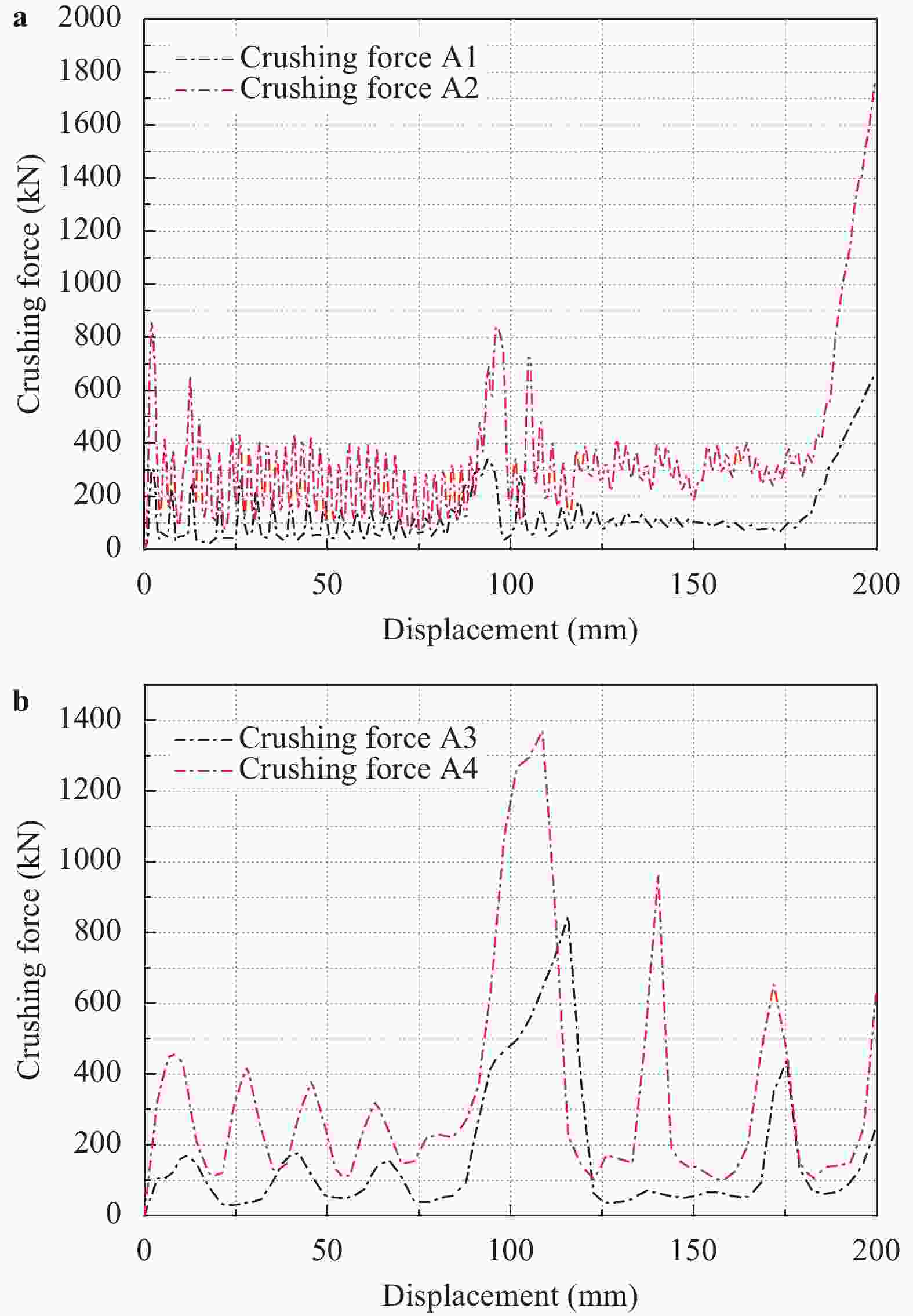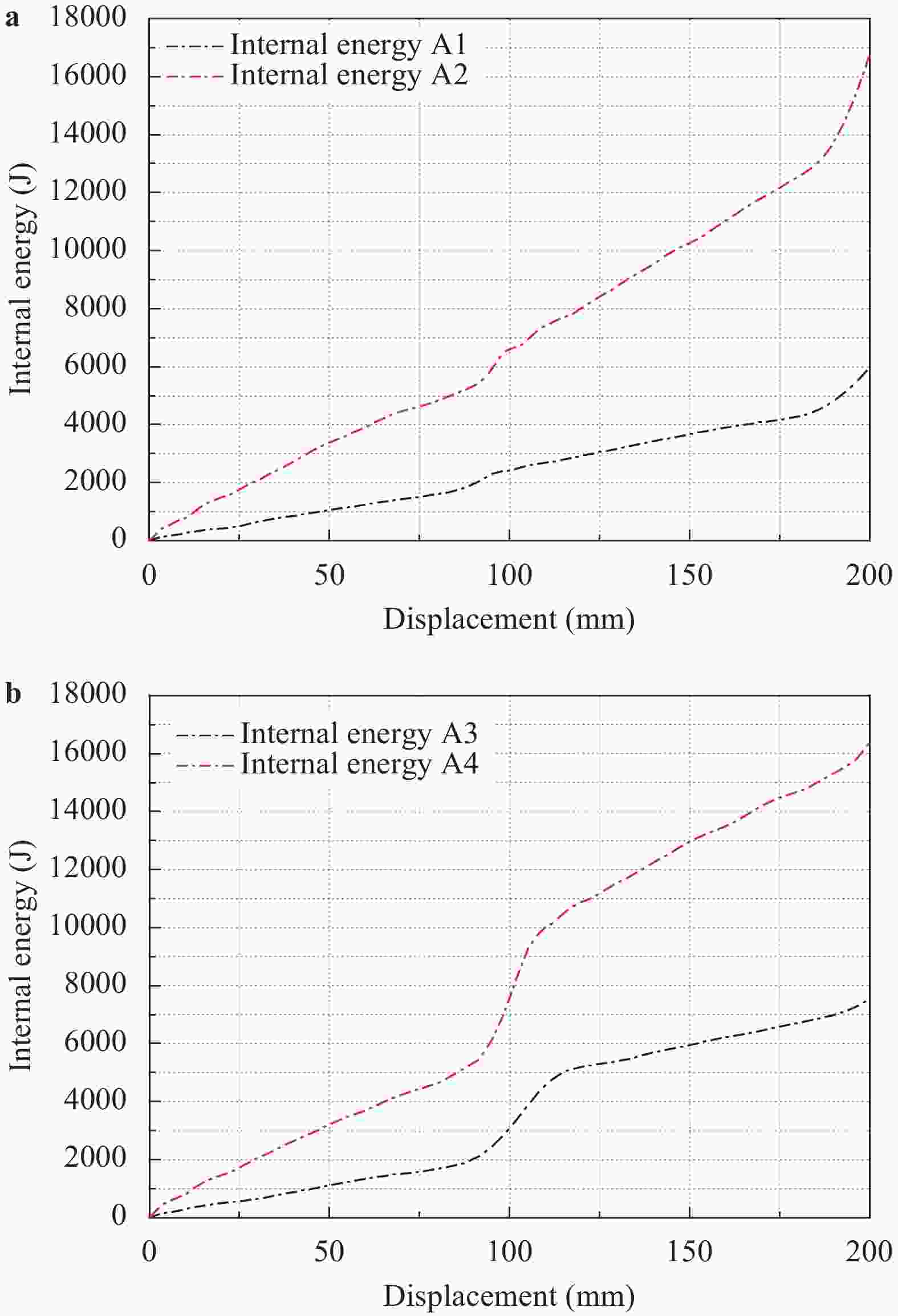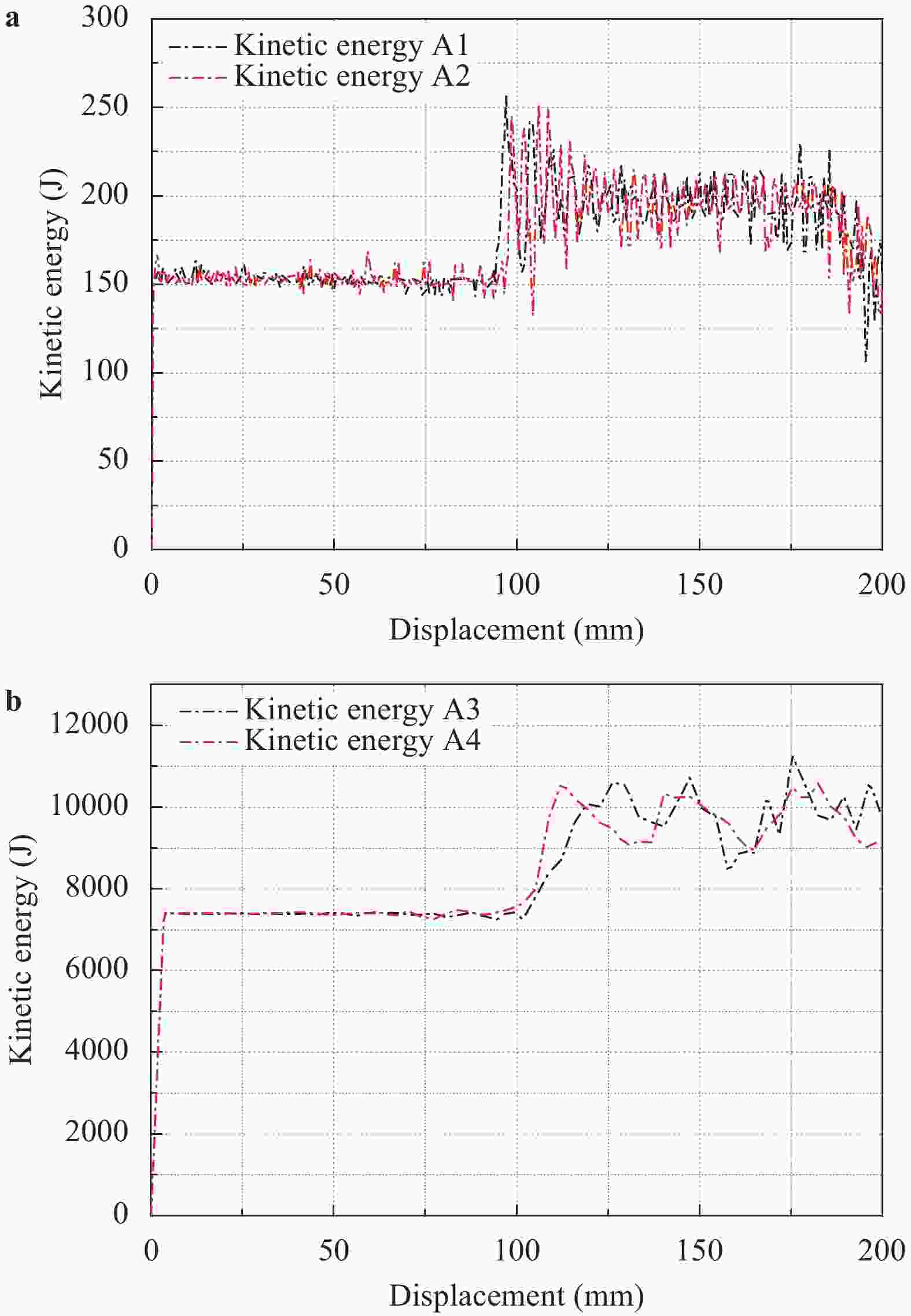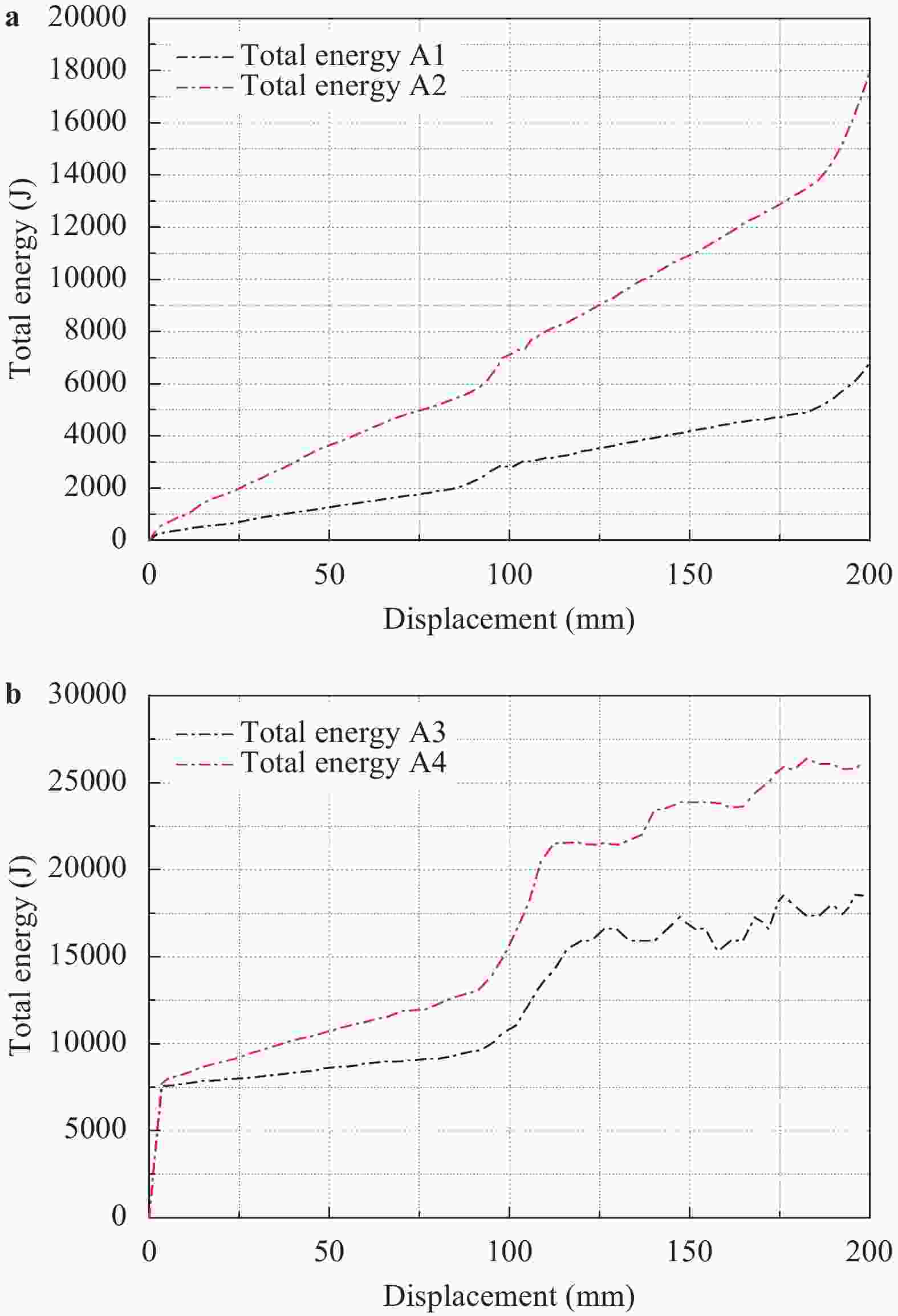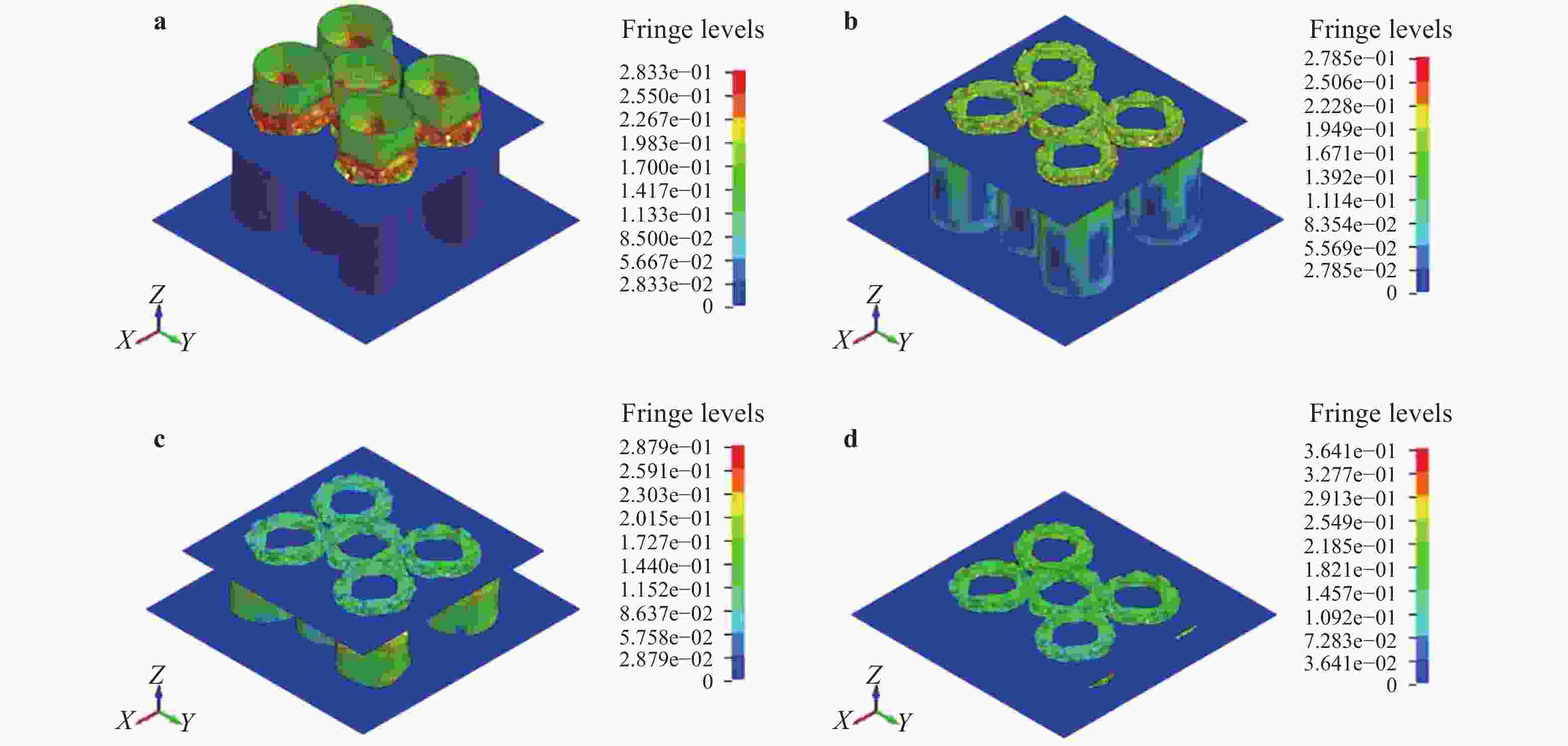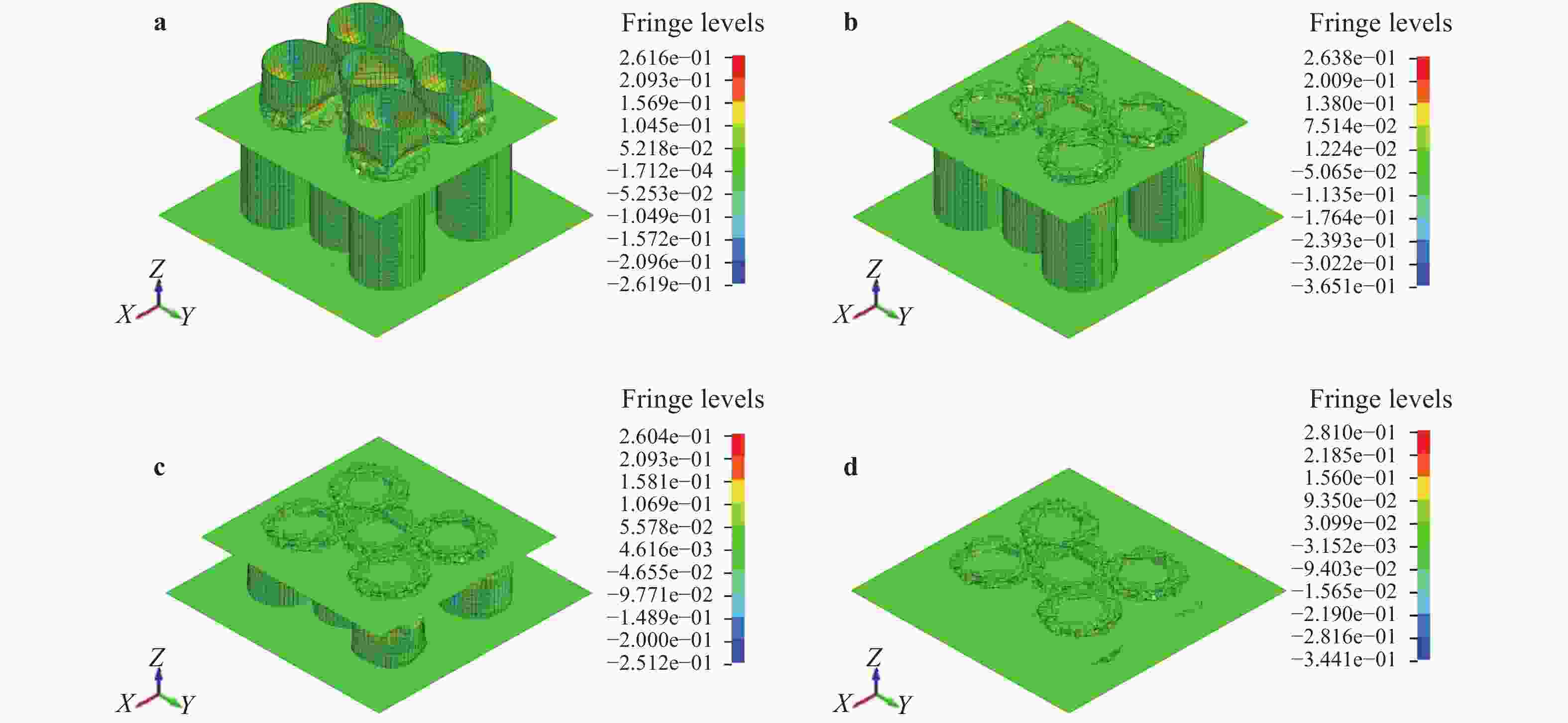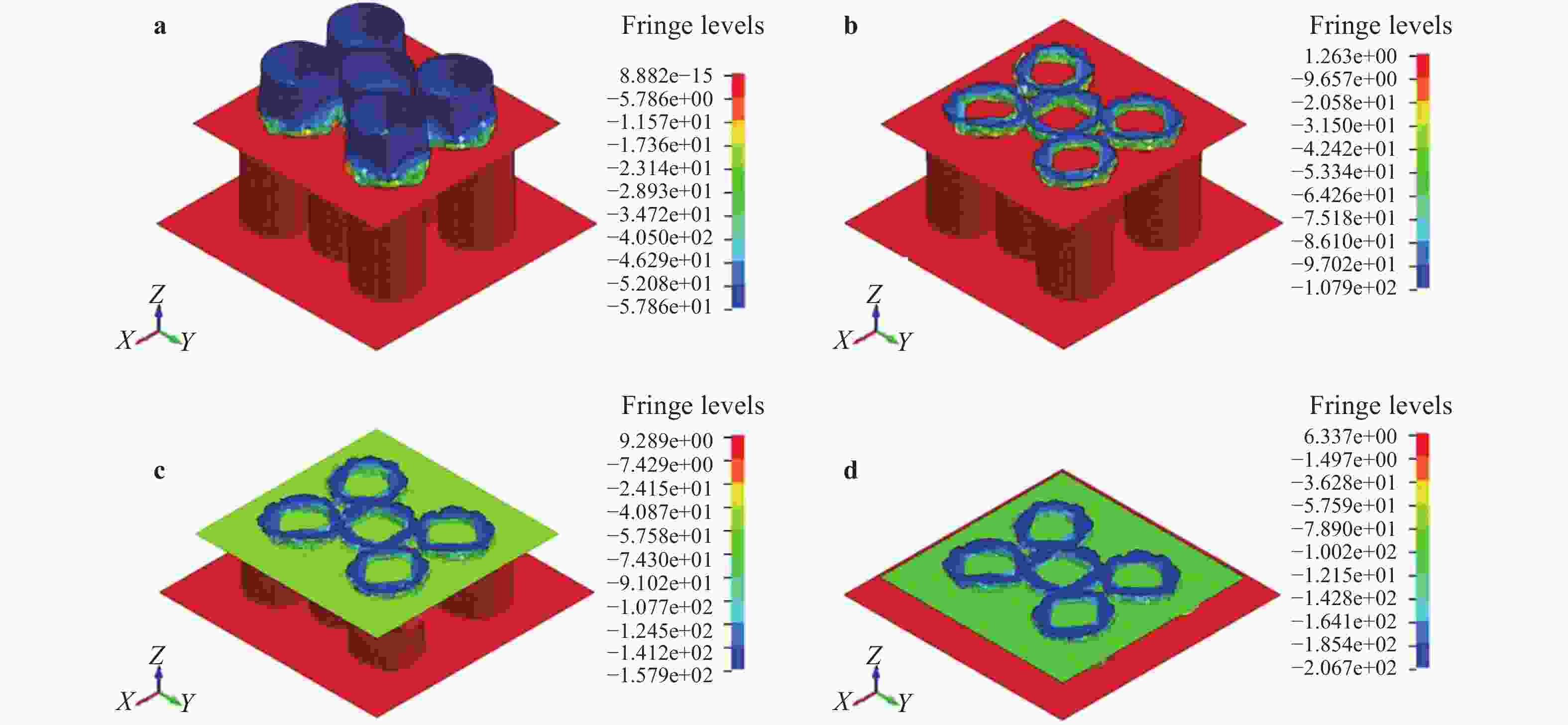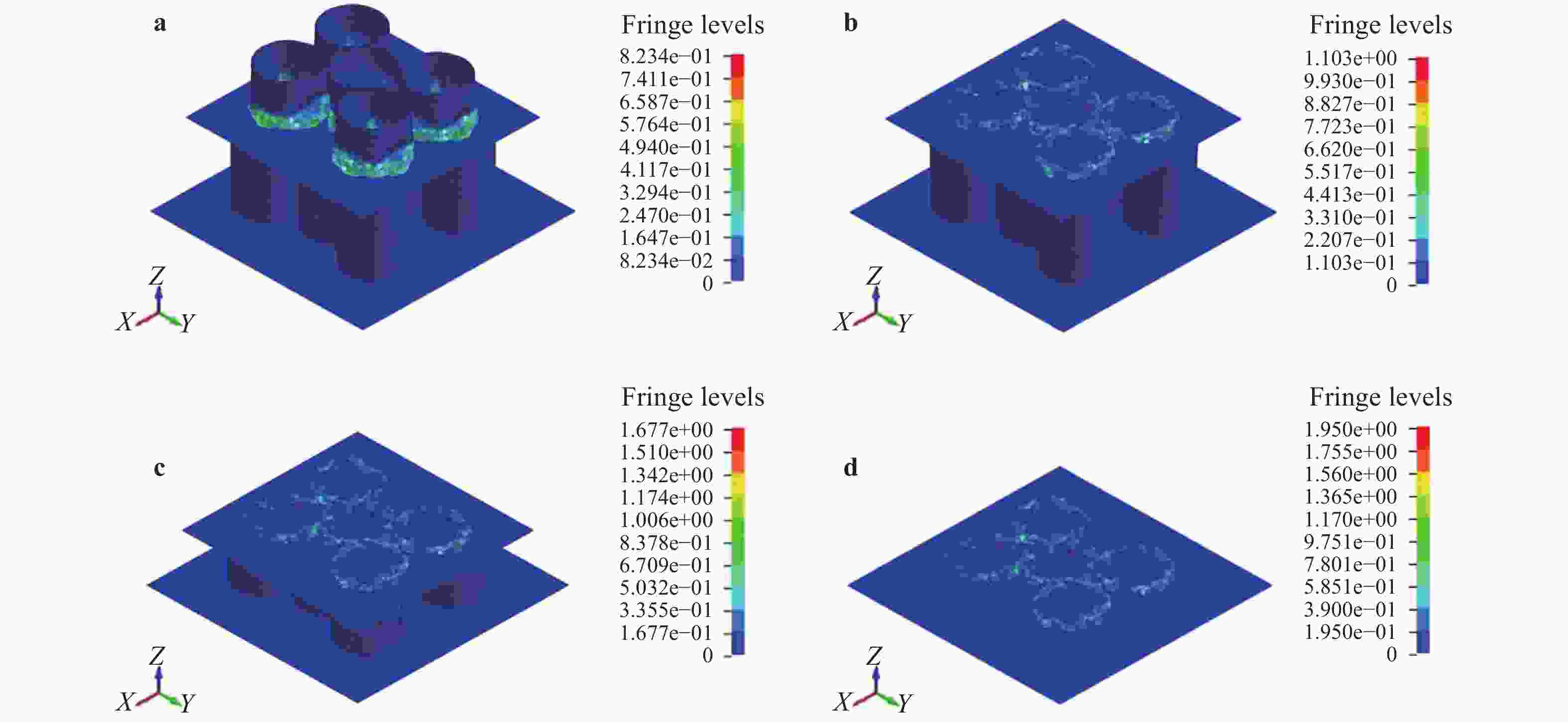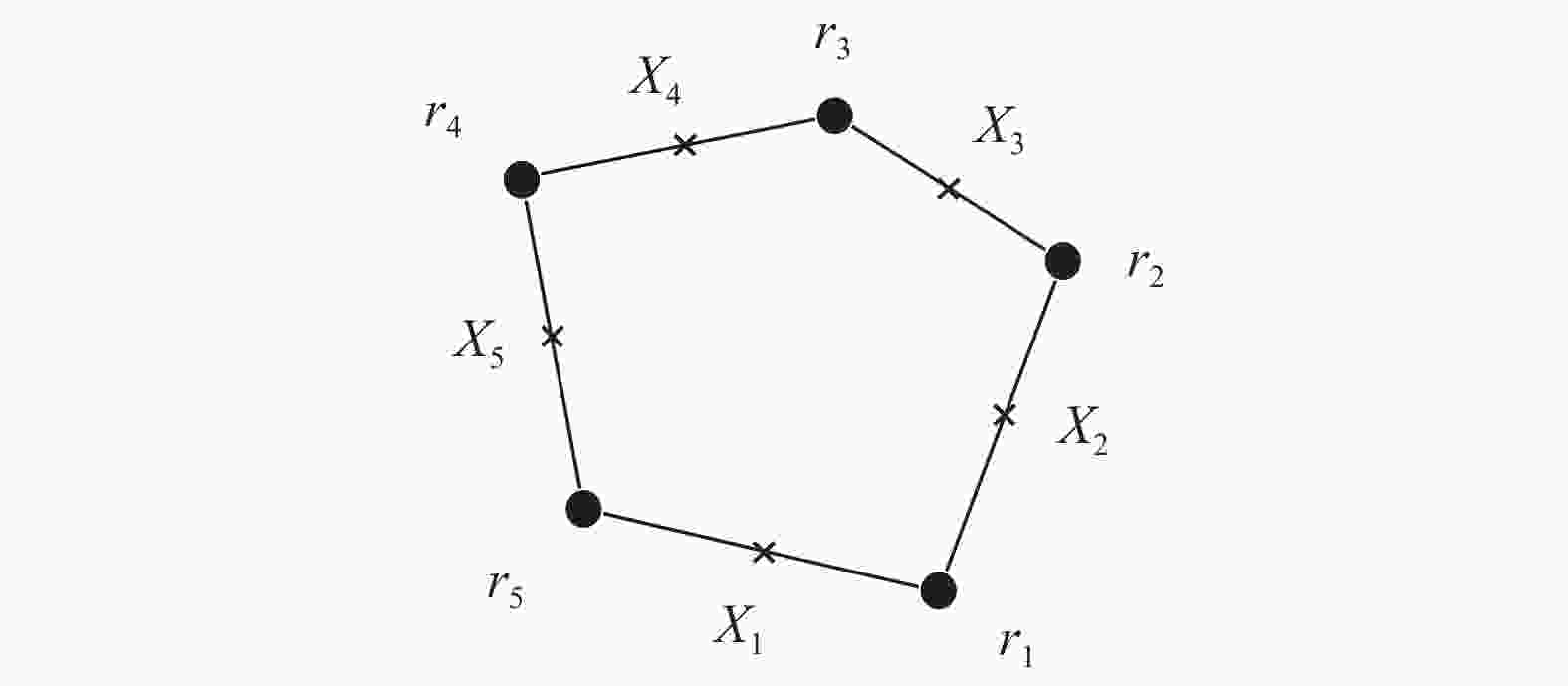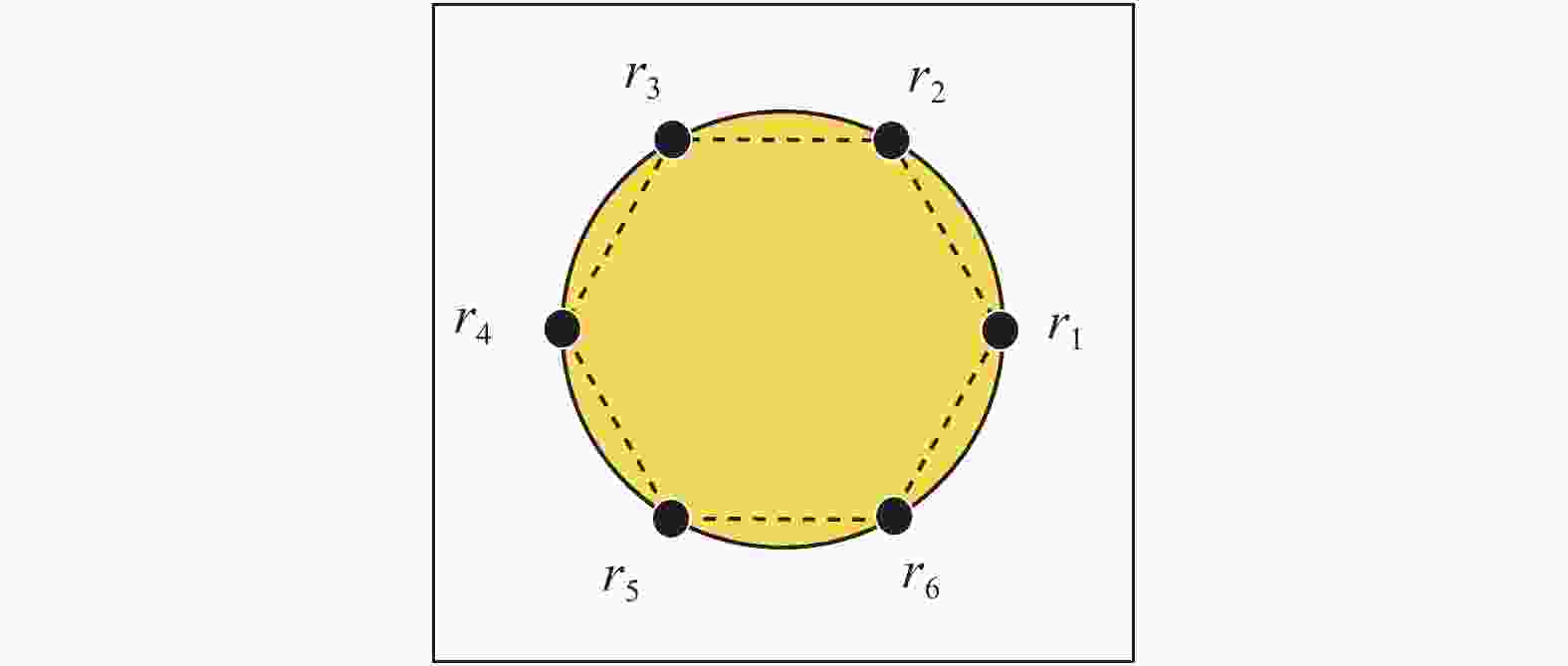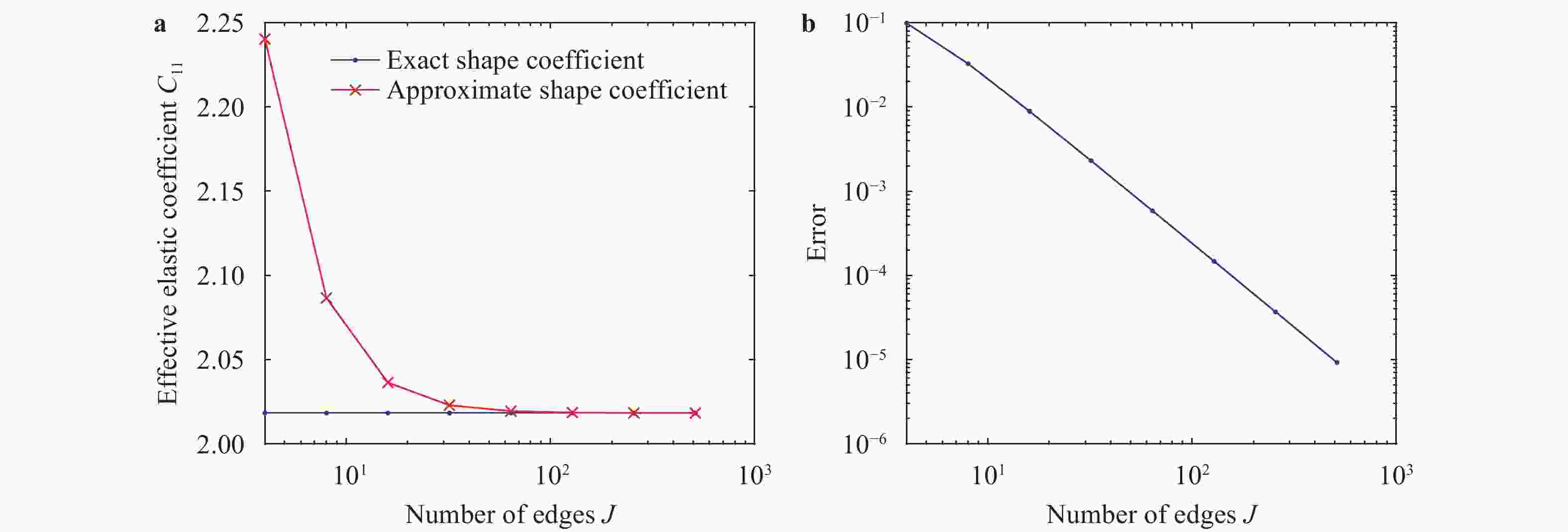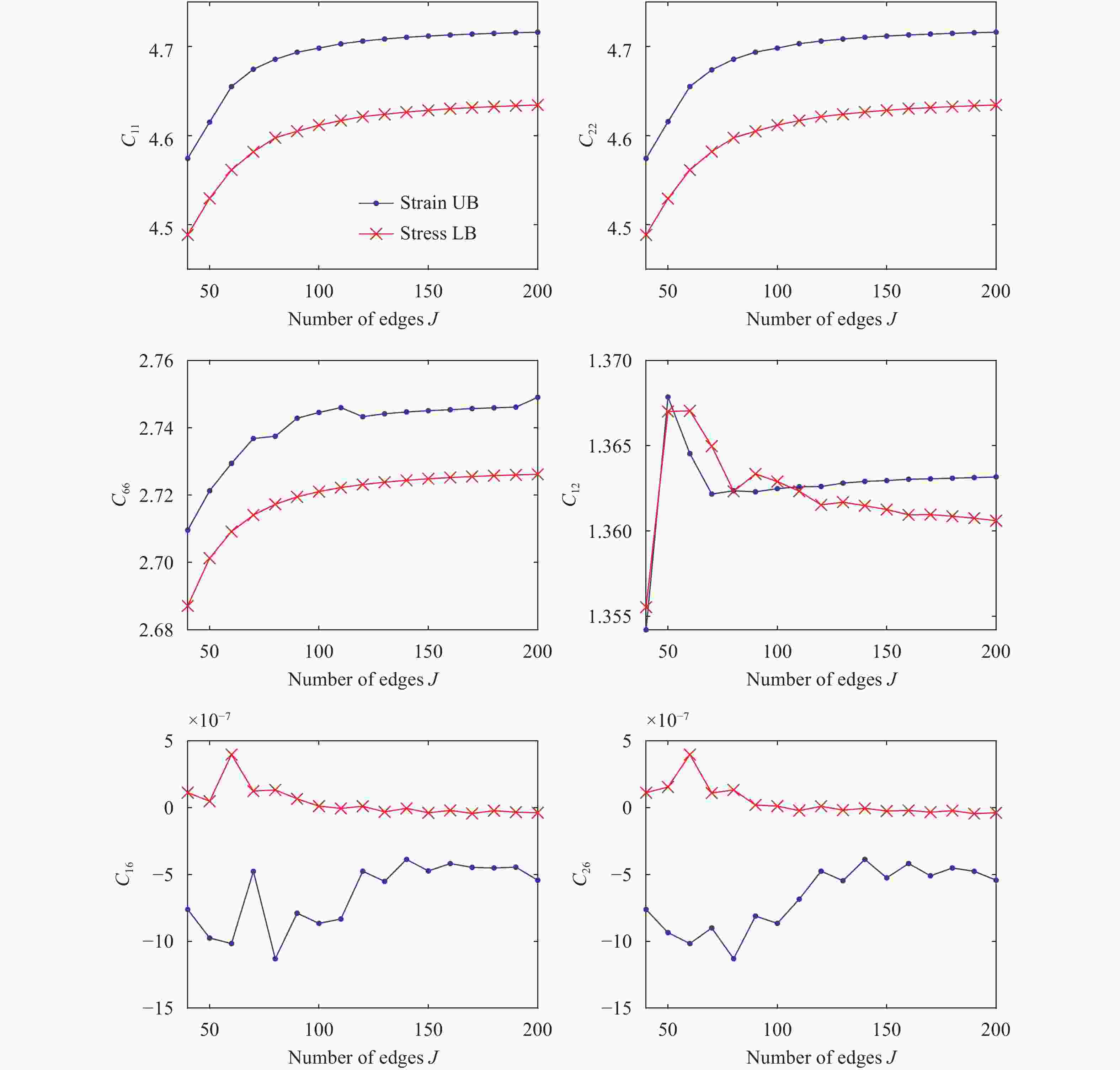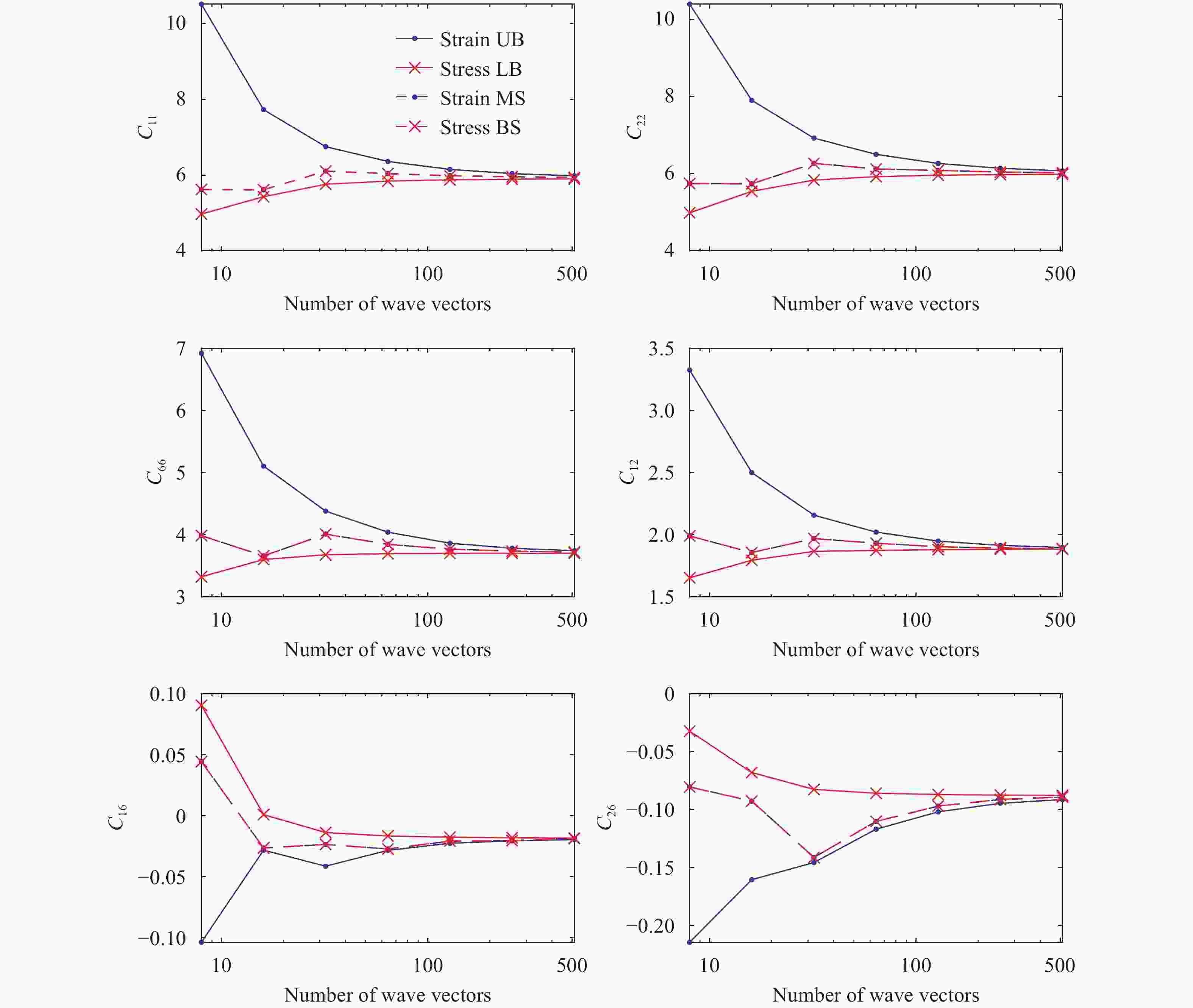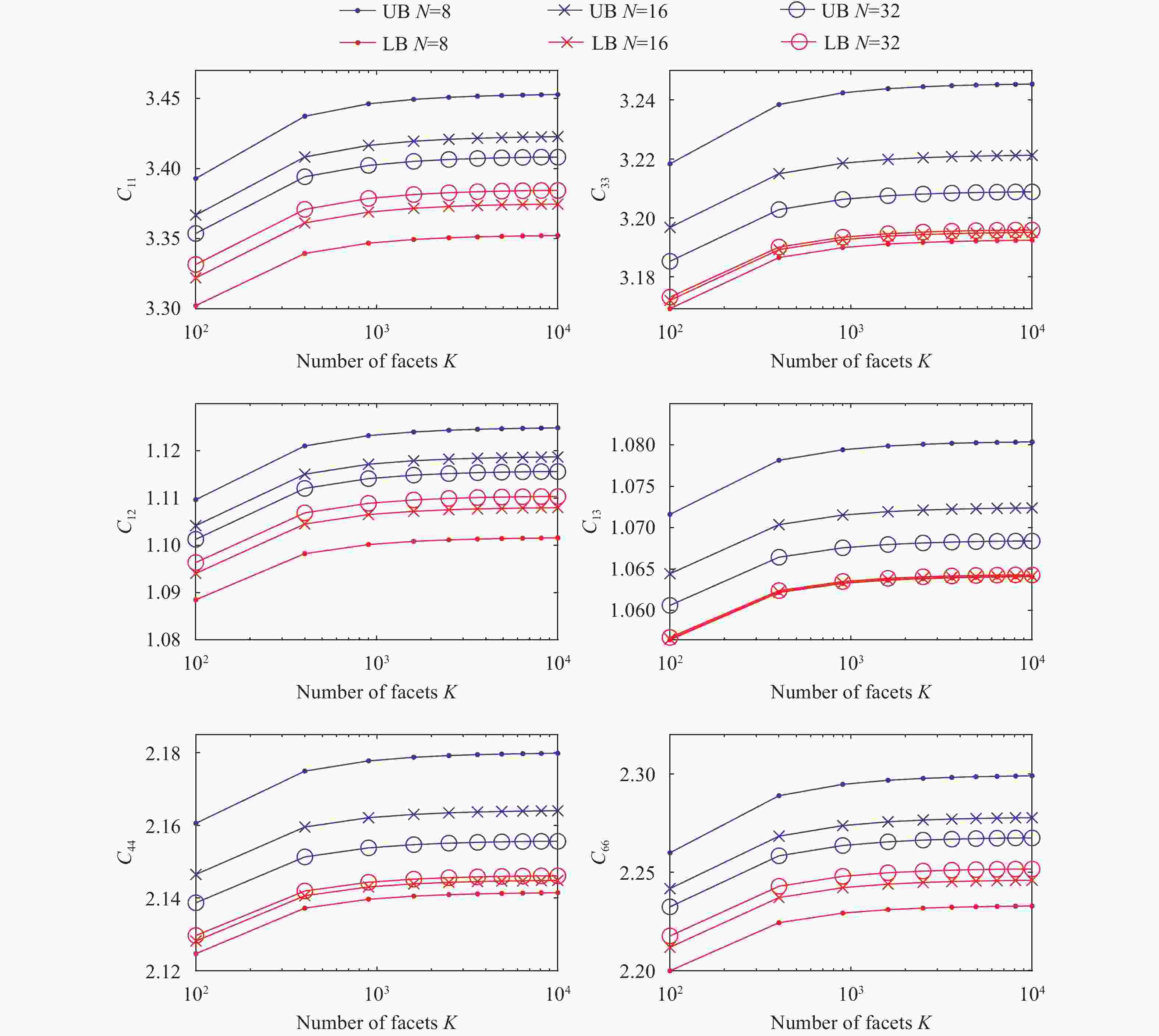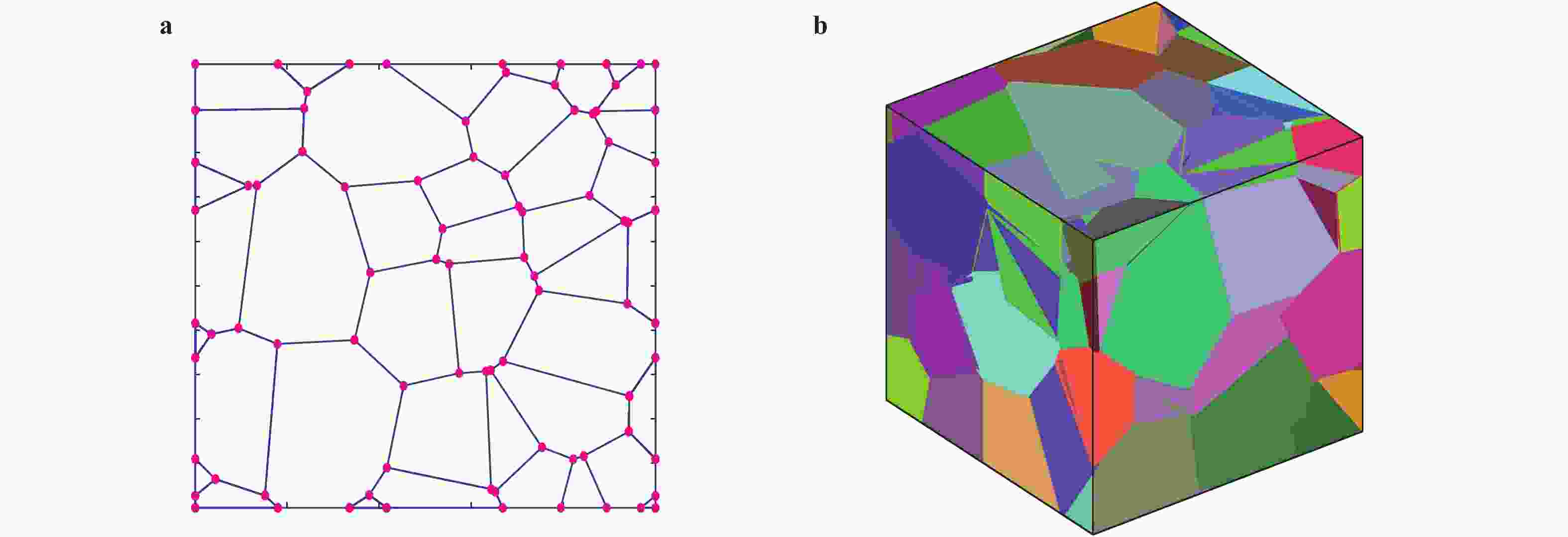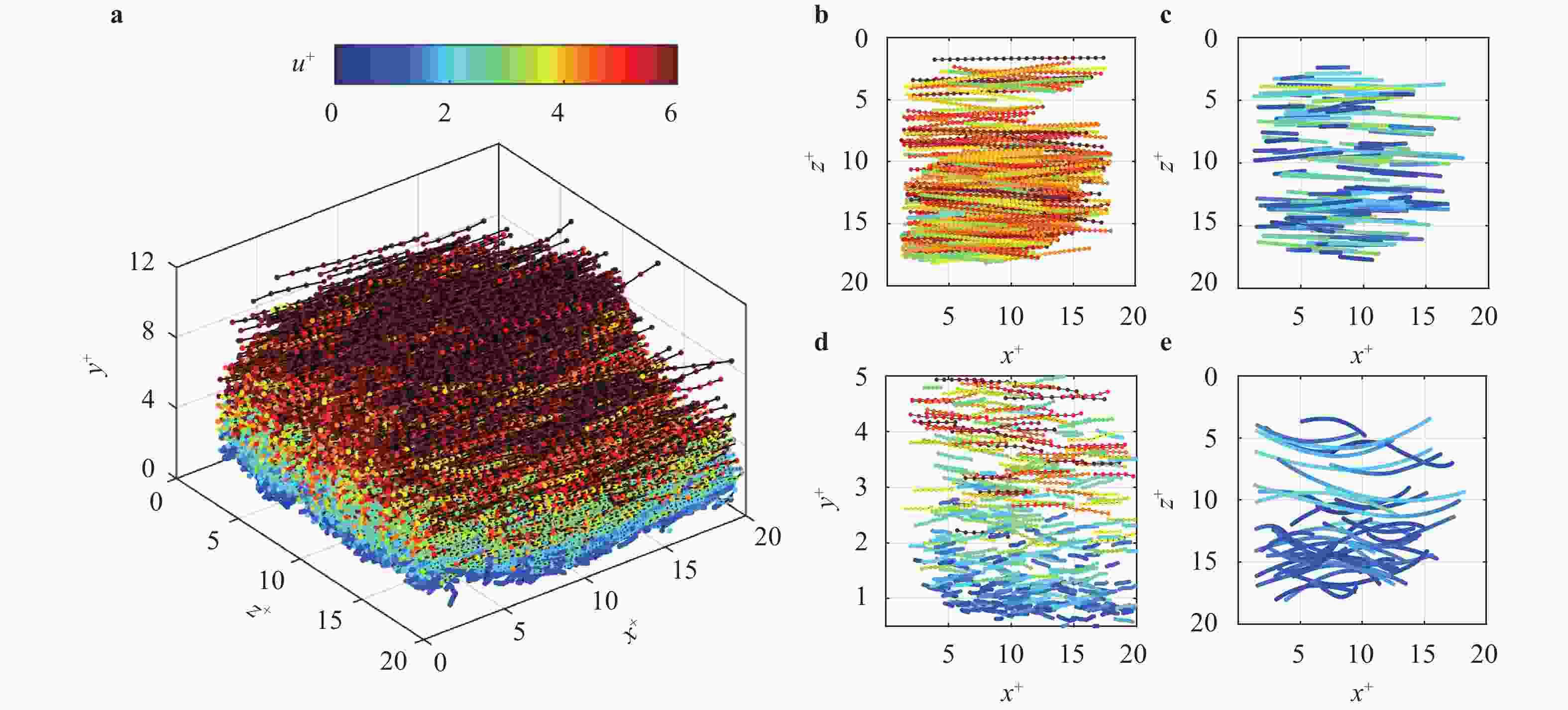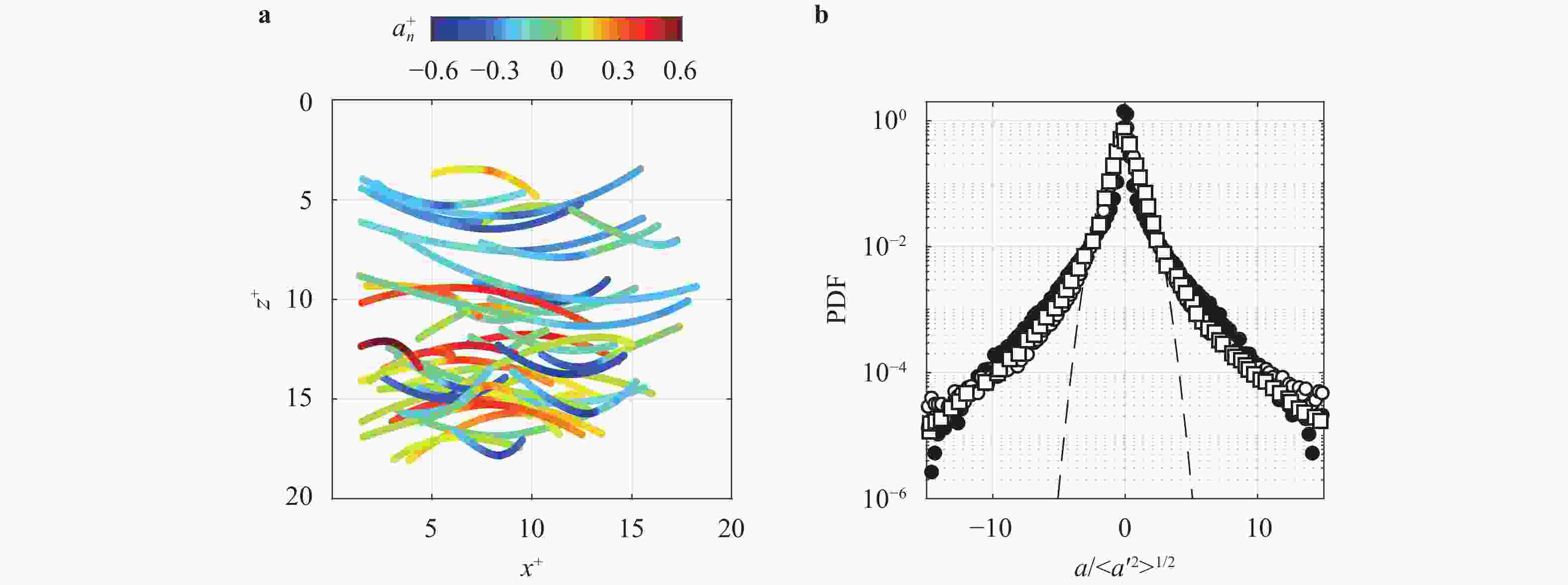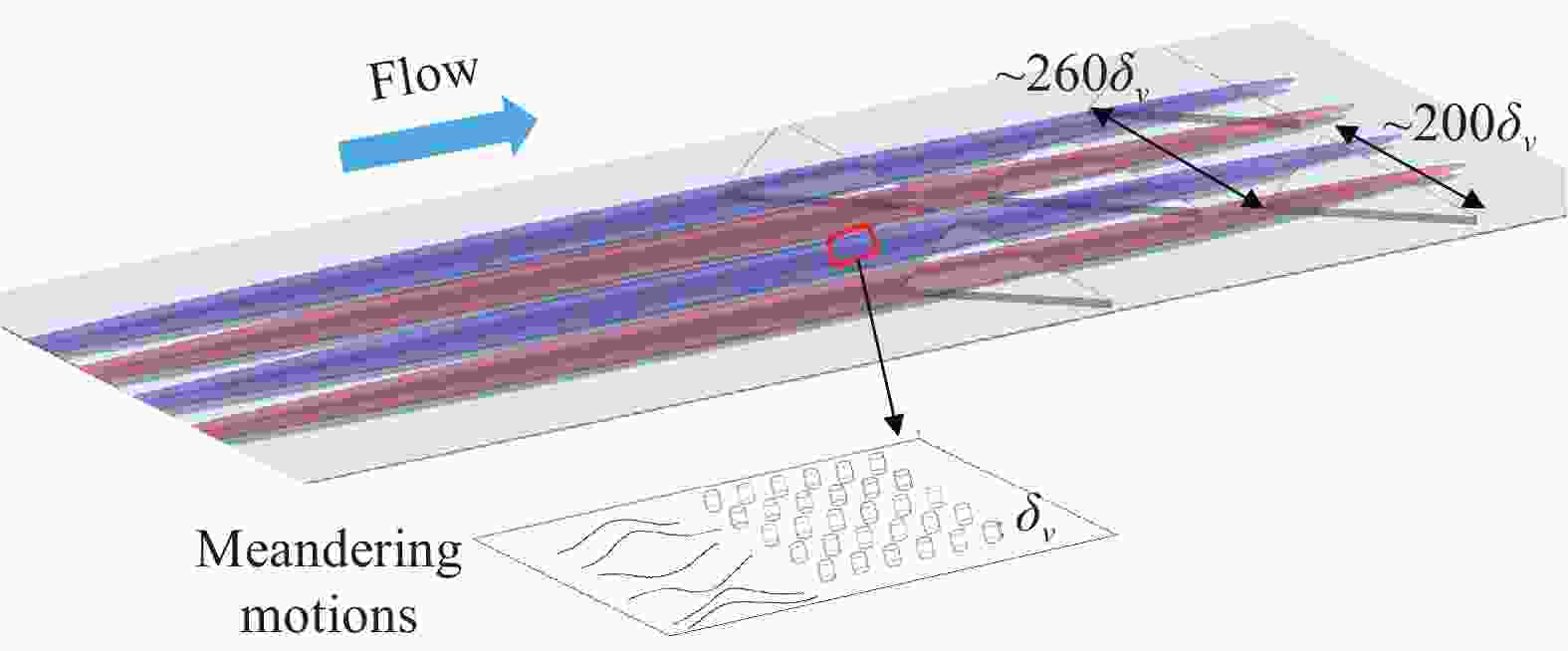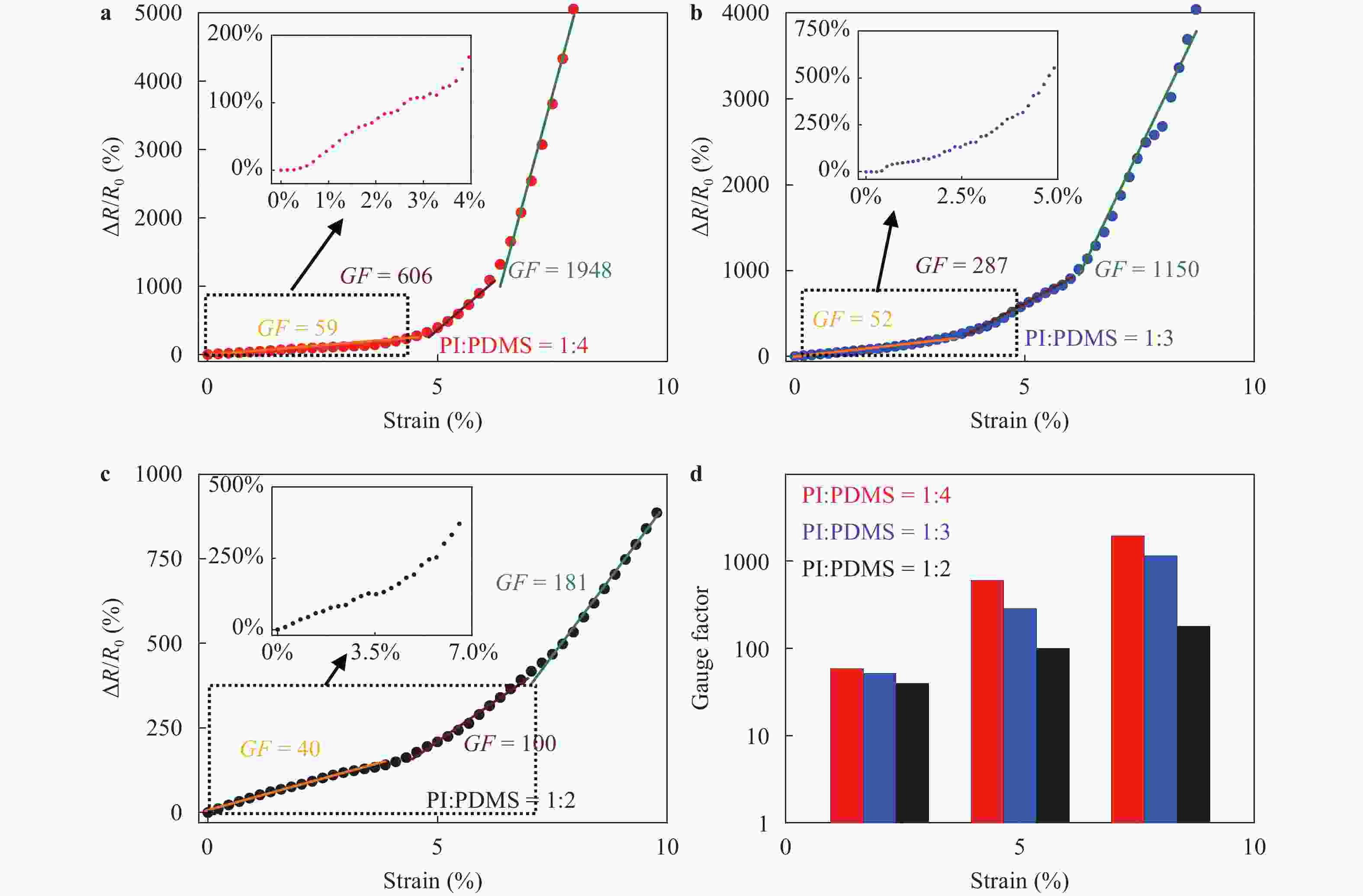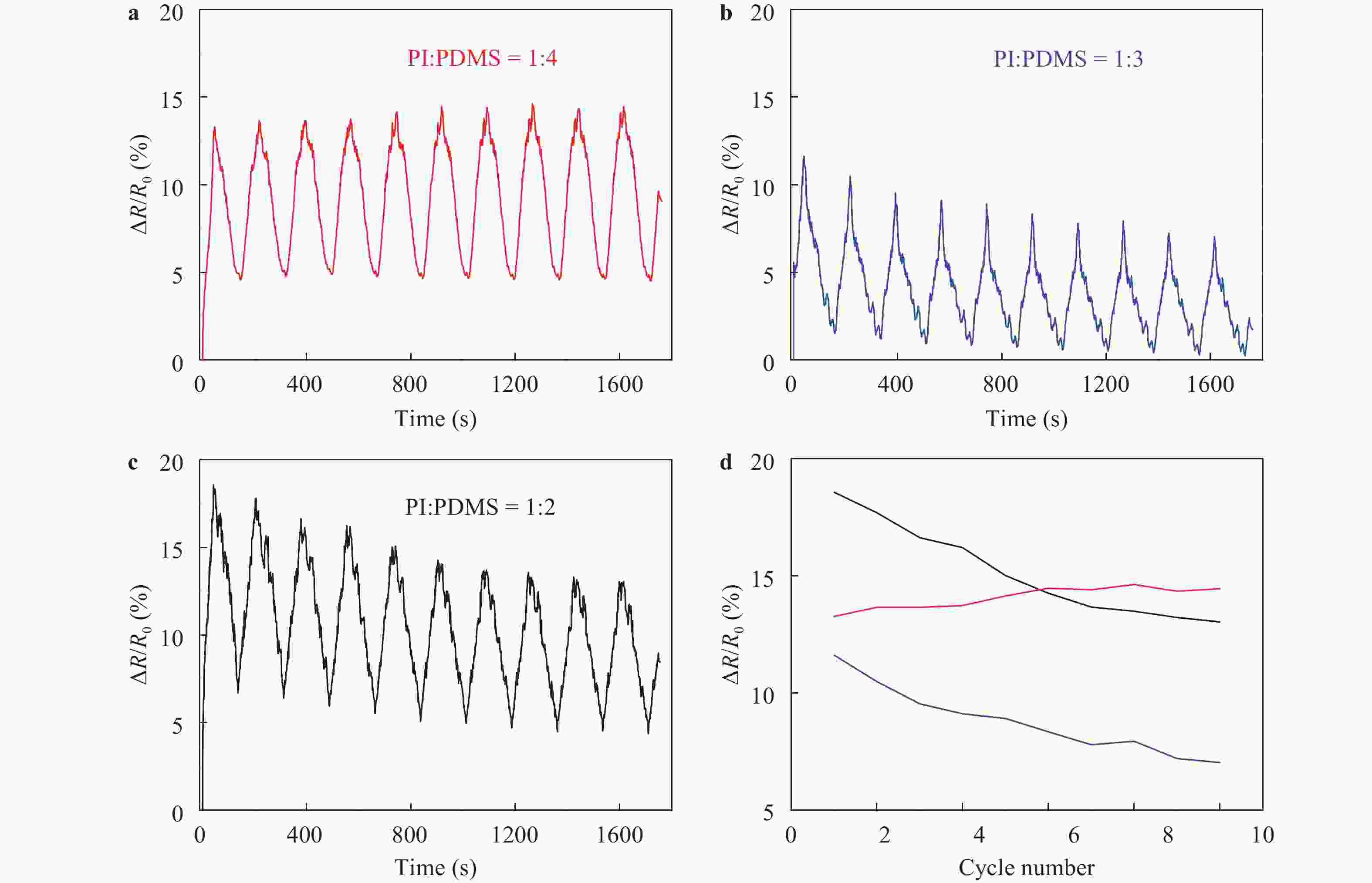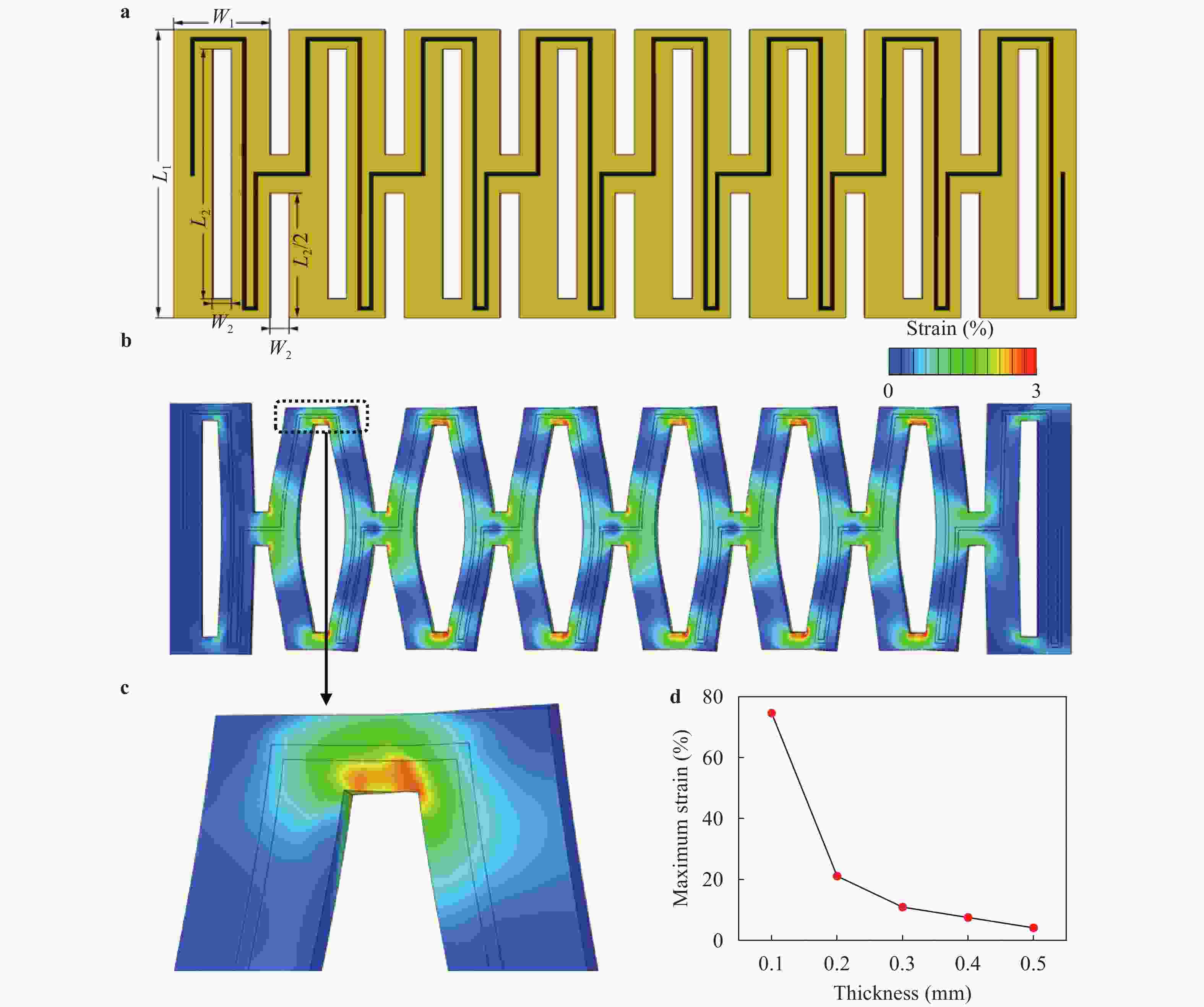Institute of Mechanics,
Chinese Academy of Sciences
2021 Vol.11(2)
Display Mode: |
Theoretical and Applied Mechanics Letters 11 (2021) 100223.
doi: 10.1016/j.taml.2021.100223
Abstract:
The placement of pressure taps on the surface of the wind tunnel test model is an important means to obtain the surface pressure distribution. However, limited by space location and experimental cost, it is difficult to arrange enough pressure measuring taps on the surface of complex models to obtain complete pressure distribution information, thus it is impossible to obtain accurate lift and moment characteristics through integration. The paper proposes a refined reconstruction method of airfoil surface pressure based on compressed sensing, which can reconstruct the pressure distribution with high precision with less pressure measurement data. Tests on typical airfoil subsonic flow around flow show that the accuracy of lift and moment after the pressure integration reconstructed by 4-8 measuring points can meet the requirements of the national military standard. The algorithm is robust to noise, and provides a new idea for obtaining accurate force data from sparse surface pressure tests in engineering.
The placement of pressure taps on the surface of the wind tunnel test model is an important means to obtain the surface pressure distribution. However, limited by space location and experimental cost, it is difficult to arrange enough pressure measuring taps on the surface of complex models to obtain complete pressure distribution information, thus it is impossible to obtain accurate lift and moment characteristics through integration. The paper proposes a refined reconstruction method of airfoil surface pressure based on compressed sensing, which can reconstruct the pressure distribution with high precision with less pressure measurement data. Tests on typical airfoil subsonic flow around flow show that the accuracy of lift and moment after the pressure integration reconstructed by 4-8 measuring points can meet the requirements of the national military standard. The algorithm is robust to noise, and provides a new idea for obtaining accurate force data from sparse surface pressure tests in engineering.
Theoretical and Applied Mechanics Letters 11 (2021) 100224.
doi: 10.1016/j.taml.2021.100224
Abstract:
We investigate the evolution of interfacial gravity-capillary waves propagating along the interface between two dielectric fluids under the action of a horizontal electric field. There is a uniform background flow in each layer, and the relative motion tends to induce Kelvin-Helmholtz (KH) instability. The combined effects of gravity, surface tension and electrically induced forces are all taken into account. Under the short-wave assumption, the expansion and truncation method of Dirichlet-Neumann (DN) operators is applied to derive a reduced dynamical model. When KH instability is suppressed linearly by a considerably large electric field, our numerical results reveal that in certain regions of parameter space, nonlinear symmetric traveling wave solutions can be found near the minimum phase speed. Additionally, the detailed bifurcation structures are presented together with typical wave profiles.
We investigate the evolution of interfacial gravity-capillary waves propagating along the interface between two dielectric fluids under the action of a horizontal electric field. There is a uniform background flow in each layer, and the relative motion tends to induce Kelvin-Helmholtz (KH) instability. The combined effects of gravity, surface tension and electrically induced forces are all taken into account. Under the short-wave assumption, the expansion and truncation method of Dirichlet-Neumann (DN) operators is applied to derive a reduced dynamical model. When KH instability is suppressed linearly by a considerably large electric field, our numerical results reveal that in certain regions of parameter space, nonlinear symmetric traveling wave solutions can be found near the minimum phase speed. Additionally, the detailed bifurcation structures are presented together with typical wave profiles.
Theoretical and Applied Mechanics Letters 11 (2021) 100232.
doi: 10.1016/j.taml.2021.100232
Abstract:
Two kinds of analytical solutions are derived through Laplace transform for the equation that governs wave-induced suspended sediment concentration with linear sediment diffusivity under two kinds of bottom boundary conditions, namely the reference concentration (Dirichlet) and pickup function (Numann), based on a variable transformation that is worked out to transform the governing equation into a modified Bessel equation. The ability of the two analytical solutions to describe the profiles of suspended sediment concentration is discussed by comparing with different experimental data. And it is demonstrated that the two analytical solutions can well describe the process of wave-induced suspended sediment concentration, including the amplitude and phase and vertical profile of sediment concentration. Furthermore, the solution with boundary condition of pickup function provides better results than that of reference concentration in terms of the phase-dependent variation of concentration.
Two kinds of analytical solutions are derived through Laplace transform for the equation that governs wave-induced suspended sediment concentration with linear sediment diffusivity under two kinds of bottom boundary conditions, namely the reference concentration (Dirichlet) and pickup function (Numann), based on a variable transformation that is worked out to transform the governing equation into a modified Bessel equation. The ability of the two analytical solutions to describe the profiles of suspended sediment concentration is discussed by comparing with different experimental data. And it is demonstrated that the two analytical solutions can well describe the process of wave-induced suspended sediment concentration, including the amplitude and phase and vertical profile of sediment concentration. Furthermore, the solution with boundary condition of pickup function provides better results than that of reference concentration in terms of the phase-dependent variation of concentration.
Theoretical and Applied Mechanics Letters 11 (2021) 100233.
doi: 10.1016/j.taml.2021.100233
Abstract:
The complexity of the Portevin-Le Chatelier (PLC) effect in an Al alloy at different temperatures was analyzed by modified multiscale entropy. The results show that three evolutions of entropy with scale factor, i.e., near zero, monotonically increasing and peak-shape, were observed corresponding to the smooth curves, type-A serrations and type-B/-C serrations, respectively. The scale factor at the peak was one-third of the average serration period. The sample entropy increased initially and then decreased with temperature, which was opposite to the critical strain. It is also suggested that the type-A serrations corresponded to self-organized criticality and the type-B/-C serrations corresponded to chaos through the evolutions of entropy with scale factor.
The complexity of the Portevin-Le Chatelier (PLC) effect in an Al alloy at different temperatures was analyzed by modified multiscale entropy. The results show that three evolutions of entropy with scale factor, i.e., near zero, monotonically increasing and peak-shape, were observed corresponding to the smooth curves, type-A serrations and type-B/-C serrations, respectively. The scale factor at the peak was one-third of the average serration period. The sample entropy increased initially and then decreased with temperature, which was opposite to the critical strain. It is also suggested that the type-A serrations corresponded to self-organized criticality and the type-B/-C serrations corresponded to chaos through the evolutions of entropy with scale factor.
Theoretical and Applied Mechanics Letters 11 (2021) 100235.
doi: 10.1016/j.taml.2021.100235
Abstract:
The impact attenuator is an essential system in both race cars and urban vehicles. The structure of an impact attenuator serves as a safety barrier between the impacted surface and the driver in an accident. Attenuator materials tend to have a high price; thus, alternative materials were explored in the current work, i.e., used cans from food and beverage containers. The study deployed a nonlinear finite element algorithm to calculate a series of impacts on the attenuator structures. The thickness of the cans and velocity of the impact were considered as the main parameters. Analysis results concluded that the attenuator's average energy was 16000 J for a can thickness of 1 mm. This value is more than two times the 0.5 mm thick used cans. The attenuator's new design was then matched with an attenuator regulation, and the results surpassed the standard value of 7350 J.
The impact attenuator is an essential system in both race cars and urban vehicles. The structure of an impact attenuator serves as a safety barrier between the impacted surface and the driver in an accident. Attenuator materials tend to have a high price; thus, alternative materials were explored in the current work, i.e., used cans from food and beverage containers. The study deployed a nonlinear finite element algorithm to calculate a series of impacts on the attenuator structures. The thickness of the cans and velocity of the impact were considered as the main parameters. Analysis results concluded that the attenuator's average energy was 16000 J for a can thickness of 1 mm. This value is more than two times the 0.5 mm thick used cans. The attenuator's new design was then matched with an attenuator regulation, and the results surpassed the standard value of 7350 J.
Theoretical and Applied Mechanics Letters 11 (2021) 100236.
doi: 10.1016/j.taml.2021.100236
Abstract:
In this paper, we provide exact fast Fourier transform (FFT)-based numerical bounds for the elastic properties of composites having arbitrary microstructures. Two bounds, an upper and a lower, are derived by considering usual variational principles based on the strain and the stress potentials. The bounds are computed by solving the Lippmann-Schwinger equation together with the shape coefficients which allow an exact description of the microstructure of the composite. These coefficients are the exact Fourier transform of the characteristic functions of the phases. In this study, the geometry of the microstructure is approximated by polygonals (two-dimensional (2D) objects) and by polyhedrons (three-dimensional (3D) objects) for which exact expressions of the shape coefficients are available. Various applications are presented in the paper showing the relevance of the approach. In the first benchmark example, we consider the case of a composite with fibers. The effective elastic coefficients ares derived and compared, considering the exact shape coefficient of the circular inclusion and its approximation with a polygonal. Next, the homogenized elastic coefficients are derived for a composite reinforced by 2D flower-shaped inclusions and with 3D toroidal-shaped inclusions. Finally, the method is applied to polycristals considering Voronoi tessellations for which the description with polygonals and polyhedrons becomes exact. The comparison with the original FFT method of Moulinec and Suquet is provided in order to show the relevance of these numerical bounds.
In this paper, we provide exact fast Fourier transform (FFT)-based numerical bounds for the elastic properties of composites having arbitrary microstructures. Two bounds, an upper and a lower, are derived by considering usual variational principles based on the strain and the stress potentials. The bounds are computed by solving the Lippmann-Schwinger equation together with the shape coefficients which allow an exact description of the microstructure of the composite. These coefficients are the exact Fourier transform of the characteristic functions of the phases. In this study, the geometry of the microstructure is approximated by polygonals (two-dimensional (2D) objects) and by polyhedrons (three-dimensional (3D) objects) for which exact expressions of the shape coefficients are available. Various applications are presented in the paper showing the relevance of the approach. In the first benchmark example, we consider the case of a composite with fibers. The effective elastic coefficients ares derived and compared, considering the exact shape coefficient of the circular inclusion and its approximation with a polygonal. Next, the homogenized elastic coefficients are derived for a composite reinforced by 2D flower-shaped inclusions and with 3D toroidal-shaped inclusions. Finally, the method is applied to polycristals considering Voronoi tessellations for which the description with polygonals and polyhedrons becomes exact. The comparison with the original FFT method of Moulinec and Suquet is provided in order to show the relevance of these numerical bounds.
Theoretical and Applied Mechanics Letters 11 (2021) 100237.
doi: 10.1016/j.taml.2021.100237
Abstract:
We propose a theoretical model for spatial variations of the temperature variance\begin{document}$\sigma^2(z,r)$\end{document} ![]()
![]()
\begin{document}$\sigma^2$\end{document} ![]()
![]()
\begin{document}$z/\lambda_{th}$\end{document} ![]()
![]()
\begin{document}$\lambda_{th}$\end{document} ![]()
![]()
We propose a theoretical model for spatial variations of the temperature variance
Theoretical and Applied Mechanics Letters 11 (2021) 100239.
doi: 10.1016/j.taml.2021.100239
Abstract:
Impact of viscous sublayer scale roughness elements on large scale flows have not been fully understood and require high resolution 3D flow measurements to unravel. However, existing approaches fail to provide sufficient resolution for such measurements to fully resolve the sublayer. In this study, we use digital Fresnel reflection holography to capture 3D flows within the viscous sublayer at sub-viscous resolutions. The measurement highlights the presence of novel flow structures at the scale of the sublayer, with strong spanwise meandering motions, of 2-3 viscous wall units, indicating a highly unsteady and accelerating flow within. The probability distribution of accelerations shows a stretched exponential shapes characteristic of highly intermittent turbulence seen under isotropic flows. The presence of flow structures even at the scale of the sublayer, i.e., below y+~5, points to the effectiveness of roughness elements in modulating the large scale flow.
Impact of viscous sublayer scale roughness elements on large scale flows have not been fully understood and require high resolution 3D flow measurements to unravel. However, existing approaches fail to provide sufficient resolution for such measurements to fully resolve the sublayer. In this study, we use digital Fresnel reflection holography to capture 3D flows within the viscous sublayer at sub-viscous resolutions. The measurement highlights the presence of novel flow structures at the scale of the sublayer, with strong spanwise meandering motions, of 2-3 viscous wall units, indicating a highly unsteady and accelerating flow within. The probability distribution of accelerations shows a stretched exponential shapes characteristic of highly intermittent turbulence seen under isotropic flows. The presence of flow structures even at the scale of the sublayer, i.e., below y+~5, points to the effectiveness of roughness elements in modulating the large scale flow.
Theoretical and Applied Mechanics Letters 11 (2021) 100240.
doi: 10.1016/j.taml.2021.100240
Abstract:
The laser-induced porous graphene (LIG) prepared in a straightforward fabrication method is presented, and its applications in stretchable strain sensors to detect the applied strain are also explored. The LIG formed on the polyimide/polydimethylsiloxane (PI/PDMS) composite exhibits a naturally high stretchability (over 30%), bypassing the transfer printing process compared to the one prepared by laser scribing on PI films. The PI/PDMS composite with LIG shows tunable mechanical and electronic performances with different PI particle concentrations in PDMS. The good cyclic stability and almost linear response of the prepared LIG's resistance with respect to tensile strain provide its access to wearable electronics. To improve the PDMS/PI composite stretchability, we designed and optimized a kirigami-inspired strain sensor with LIG on the top surface, dramatically increasing the maximum strain value that in linear response to applied strain from 3% to 79%.
The laser-induced porous graphene (LIG) prepared in a straightforward fabrication method is presented, and its applications in stretchable strain sensors to detect the applied strain are also explored. The LIG formed on the polyimide/polydimethylsiloxane (PI/PDMS) composite exhibits a naturally high stretchability (over 30%), bypassing the transfer printing process compared to the one prepared by laser scribing on PI films. The PI/PDMS composite with LIG shows tunable mechanical and electronic performances with different PI particle concentrations in PDMS. The good cyclic stability and almost linear response of the prepared LIG's resistance with respect to tensile strain provide its access to wearable electronics. To improve the PDMS/PI composite stretchability, we designed and optimized a kirigami-inspired strain sensor with LIG on the top surface, dramatically increasing the maximum strain value that in linear response to applied strain from 3% to 79%.
 Submit a Paper
Submit a Paper
 Subscription
Subscription
News
MORE+
Call for Papers
MORE+
- Crossing-Mechanics Driven by Big Data
- Machine learning in the fluid mechanics research of wind energy
- Mechanics of Origami/Kirigami structures and metamaterials
- New insights and perspectives on impact biomechanics for human tissues: from injury prevention, protection to protective equipment
- Environmental Mechanics for Extreme Natural Events




